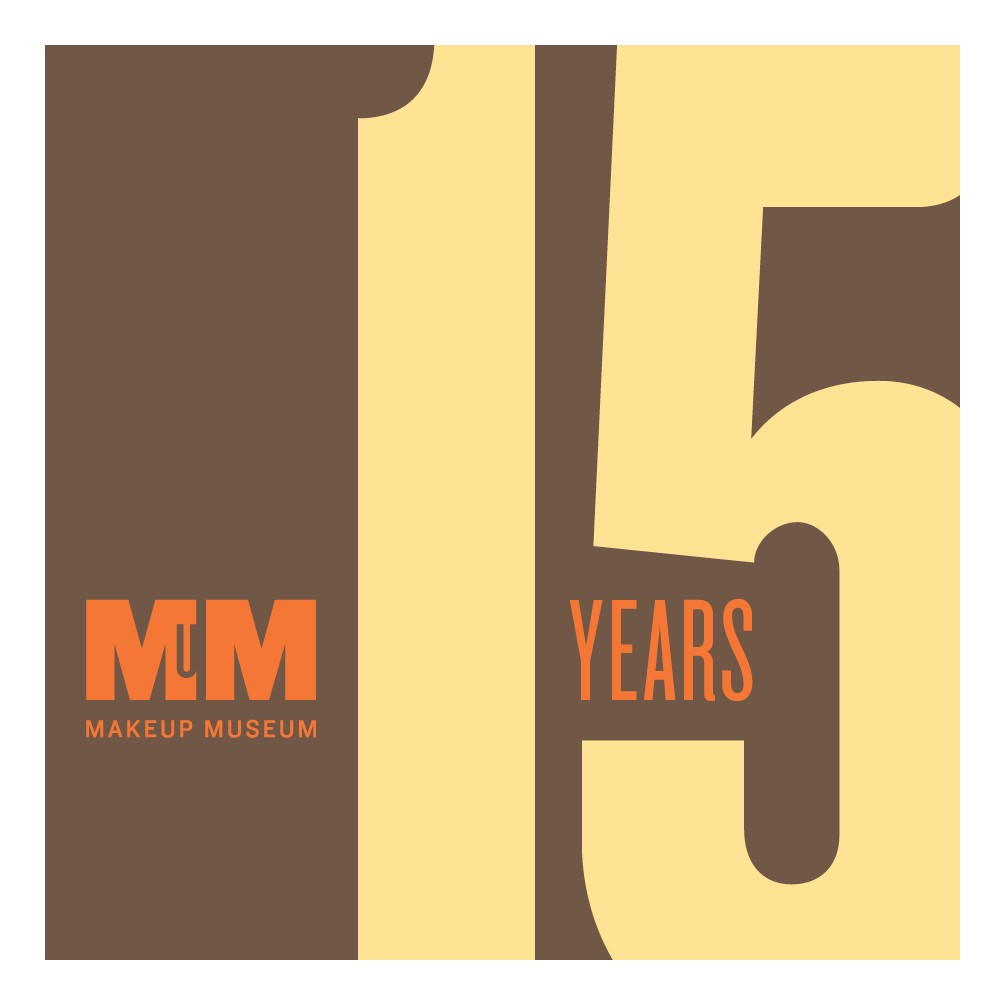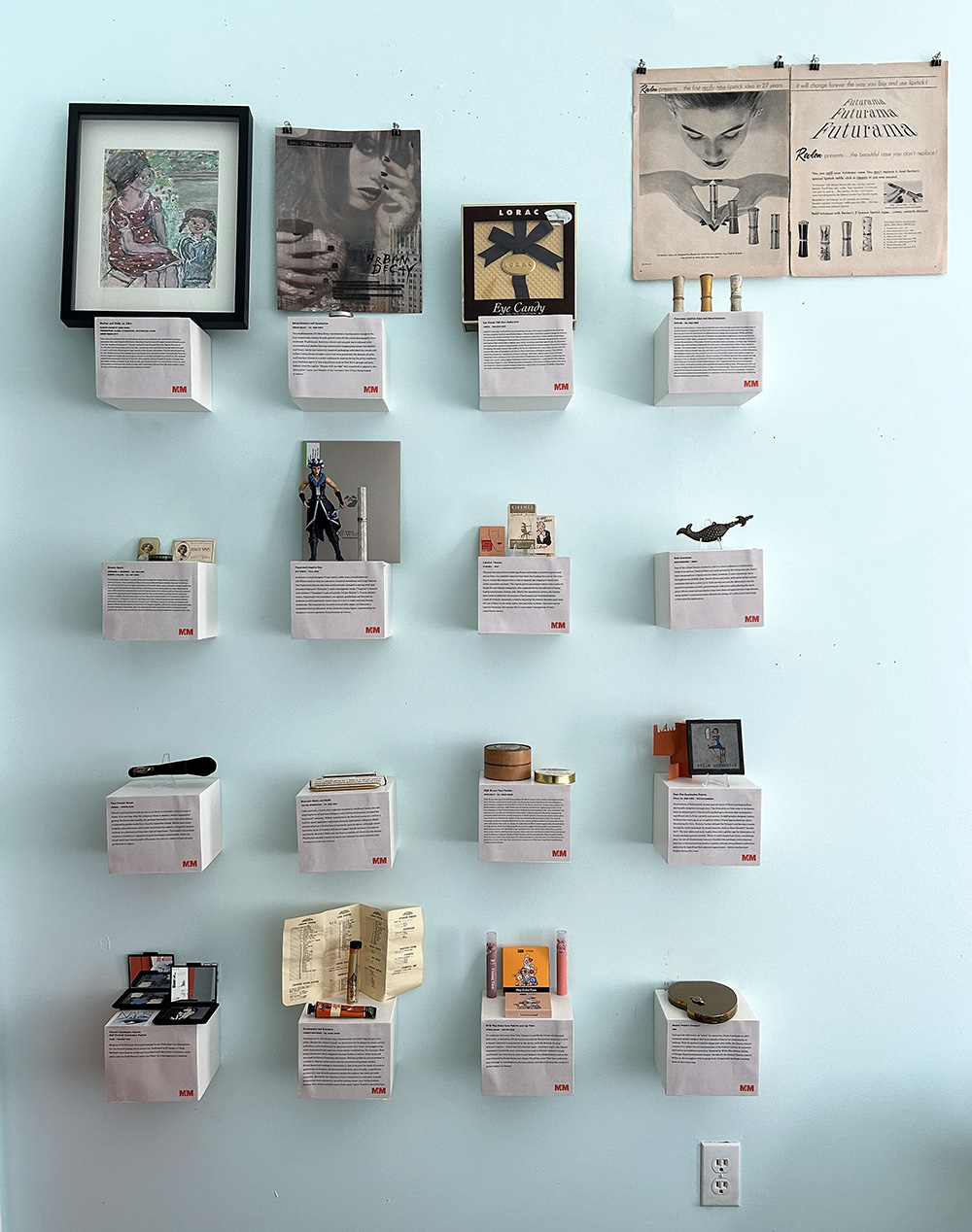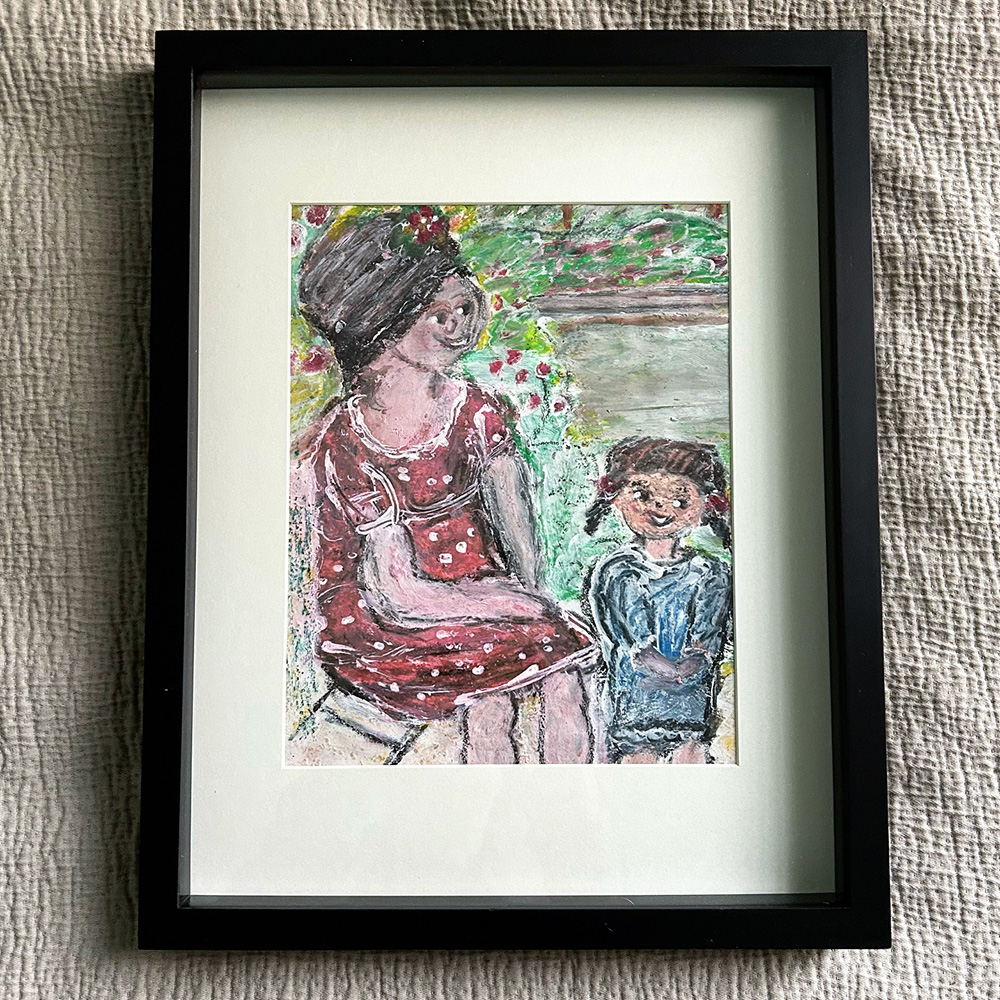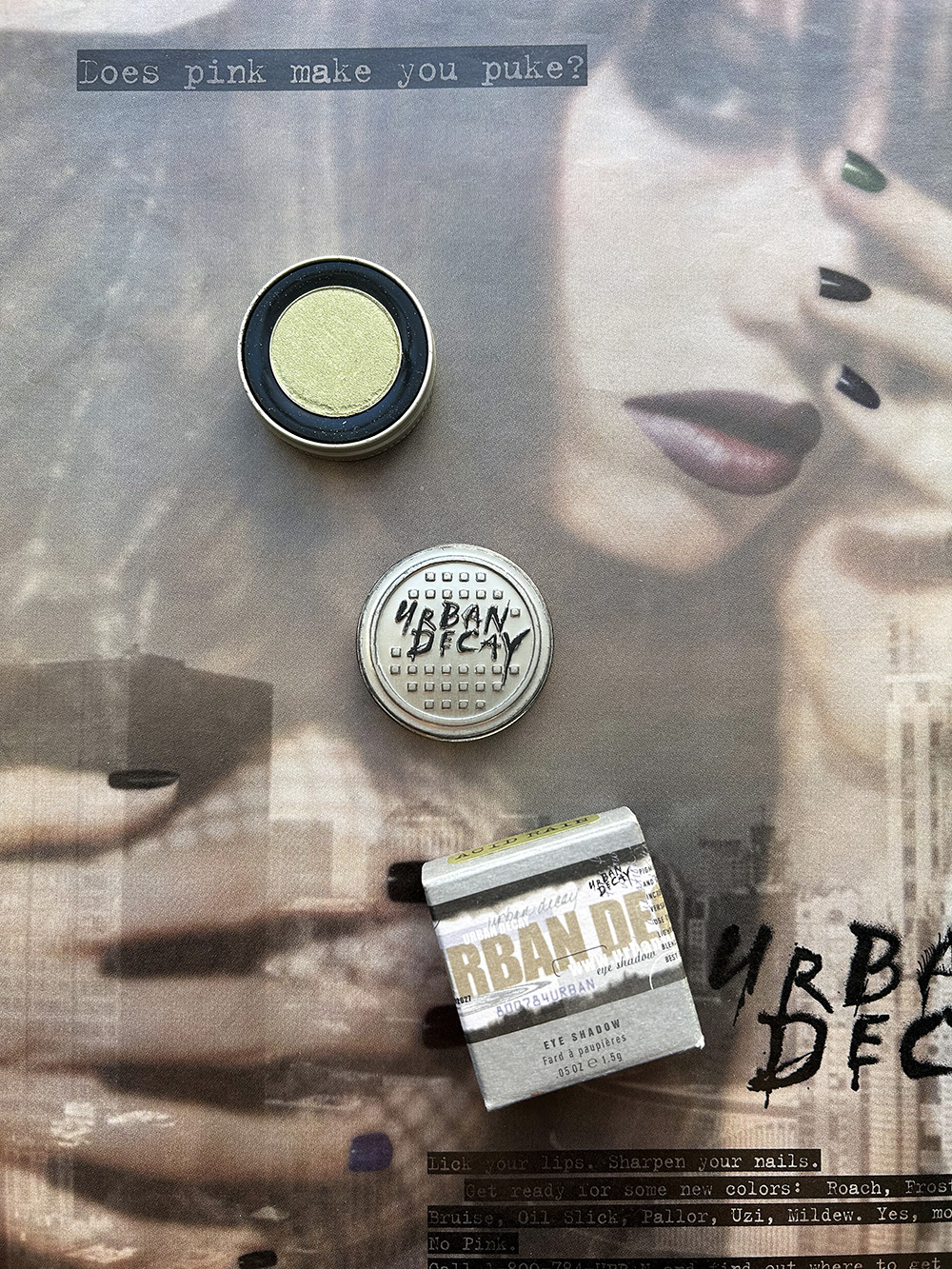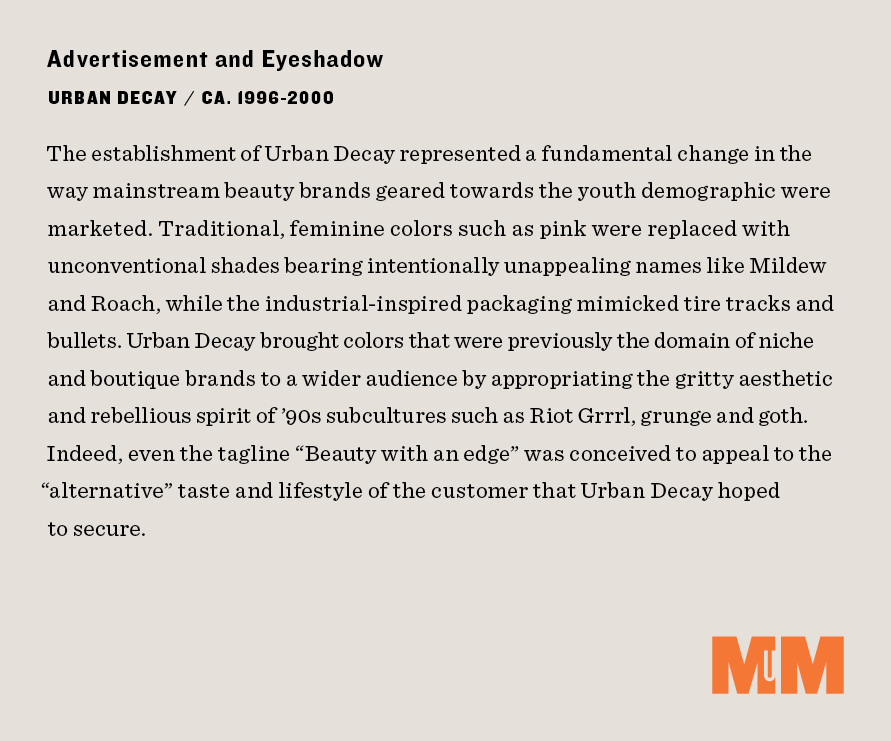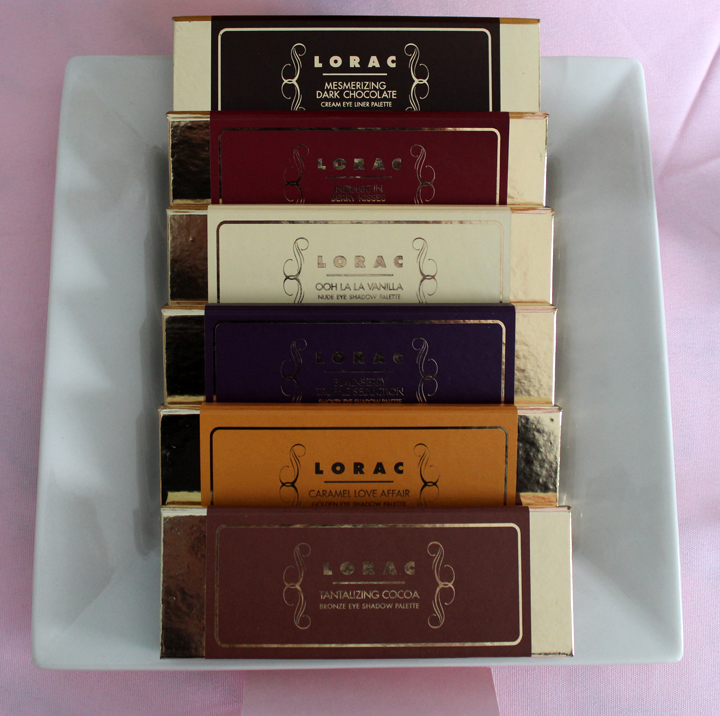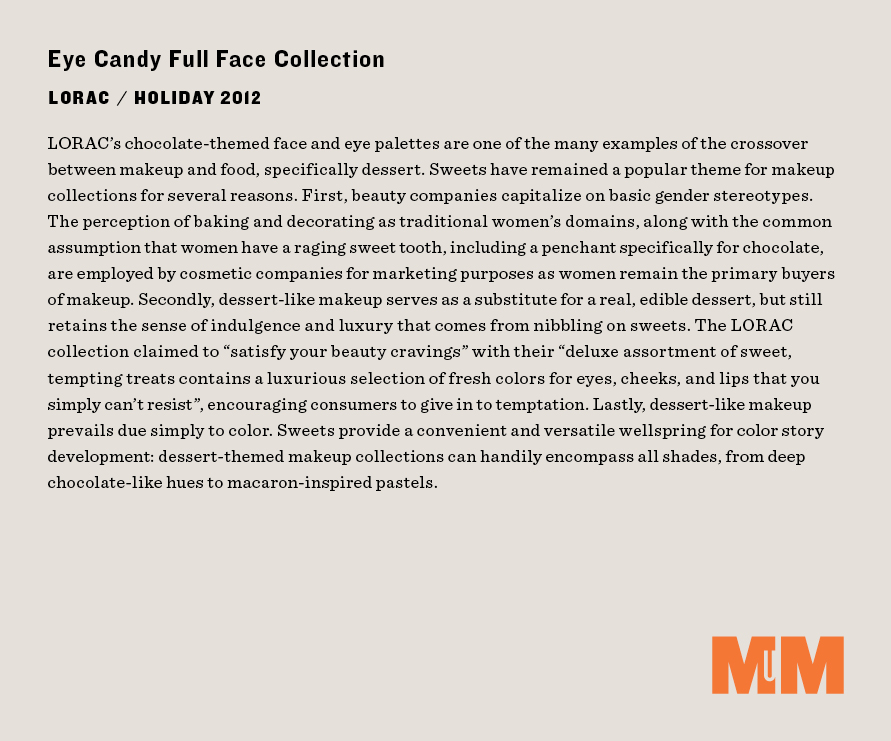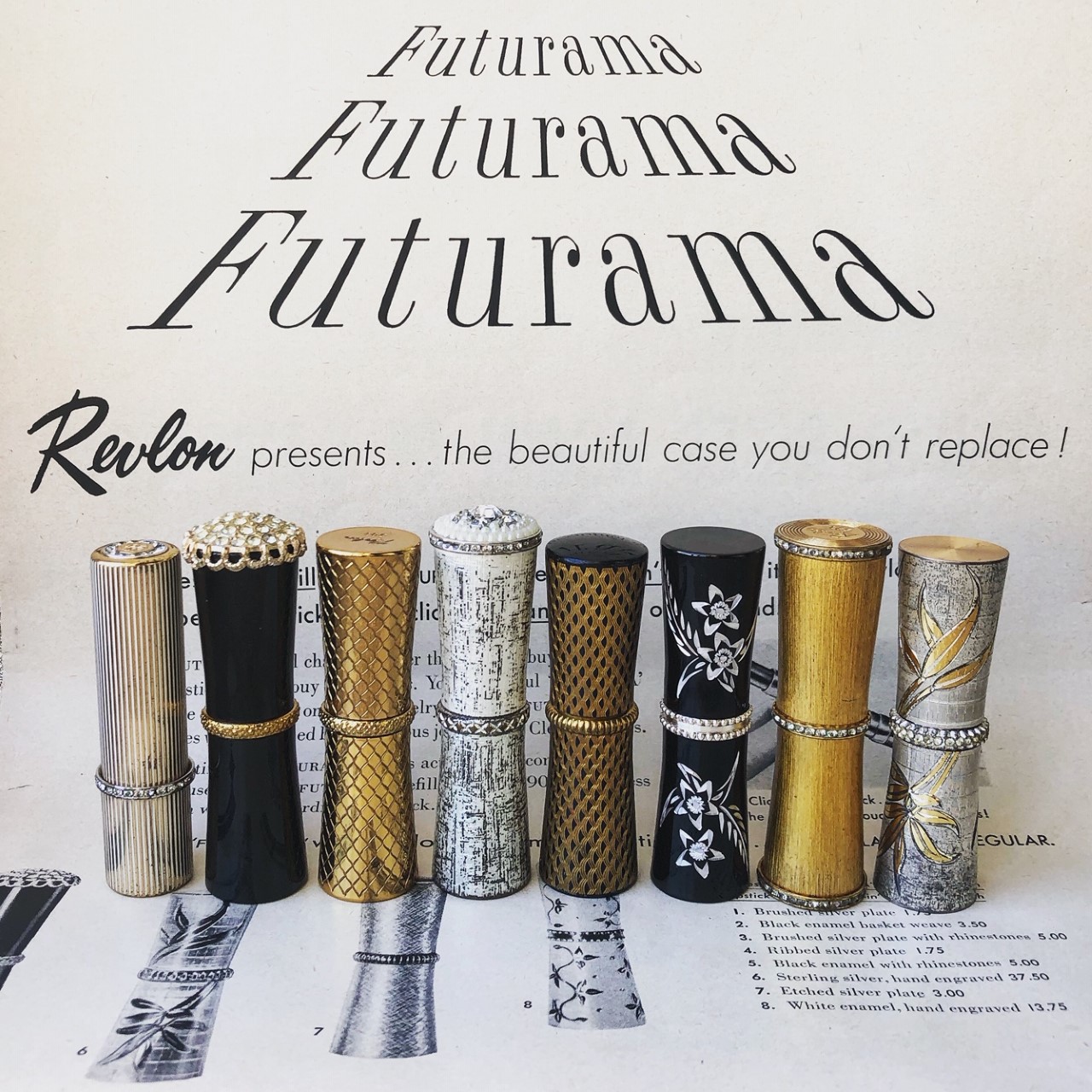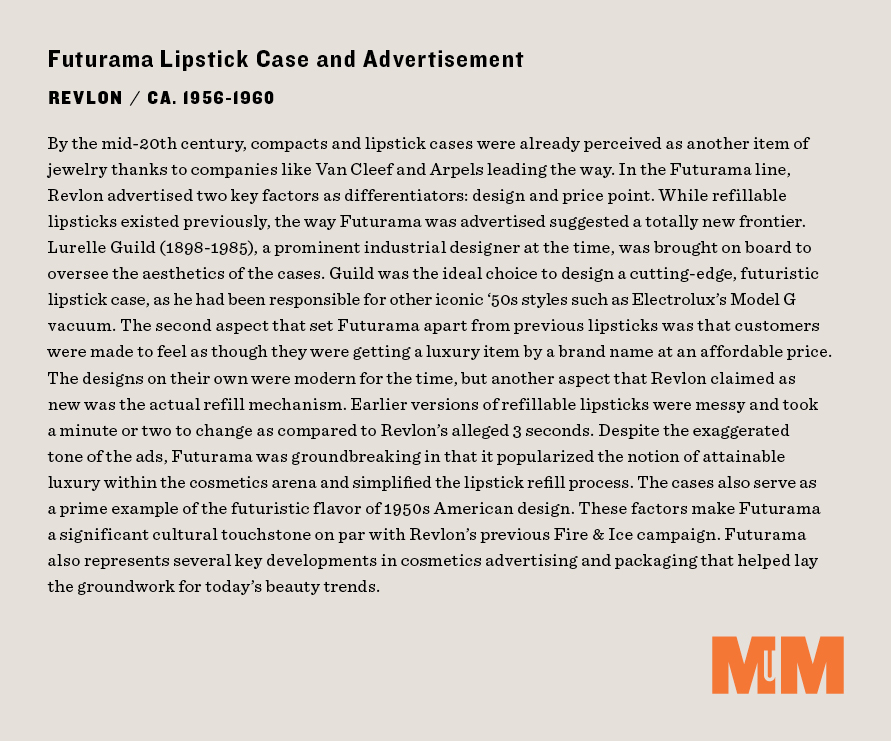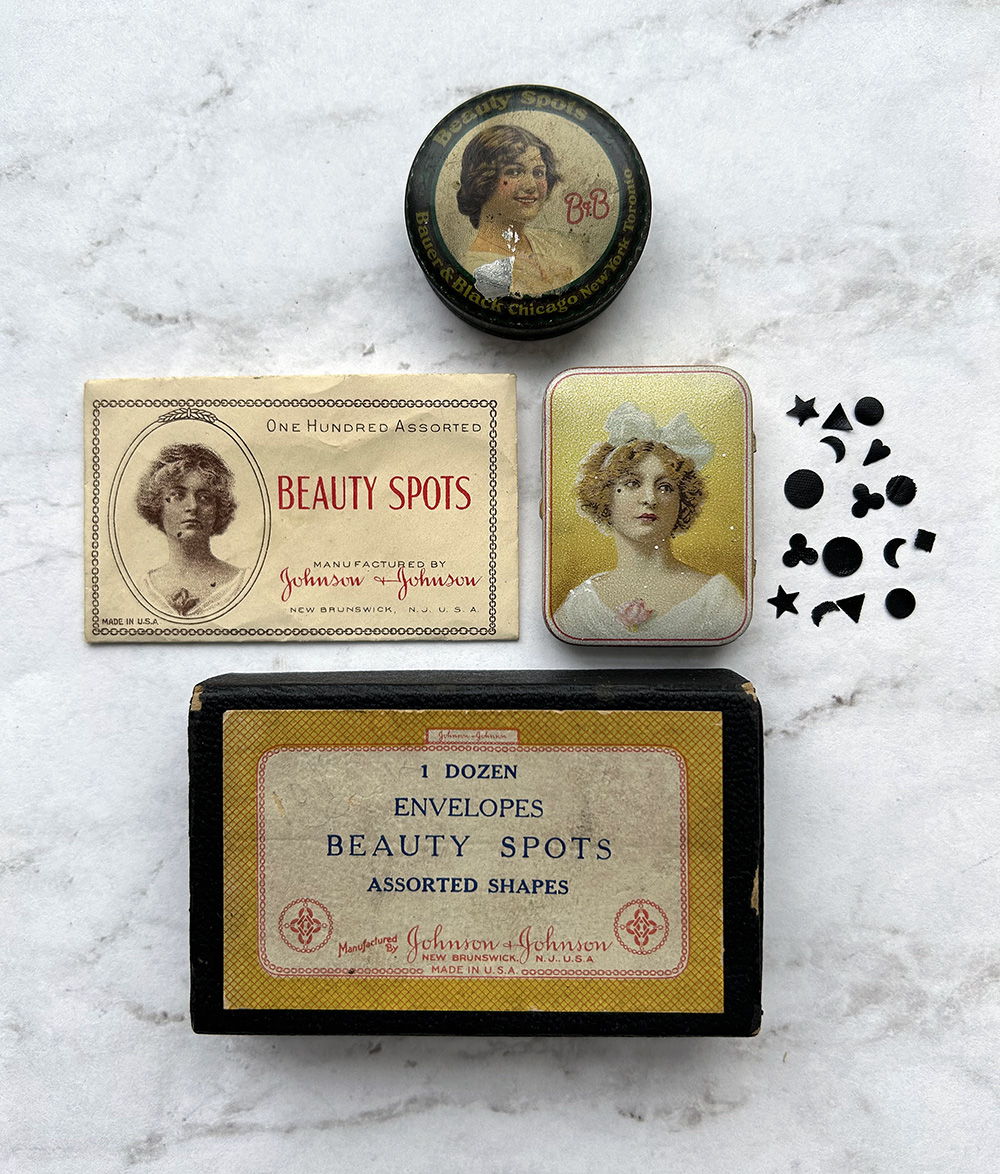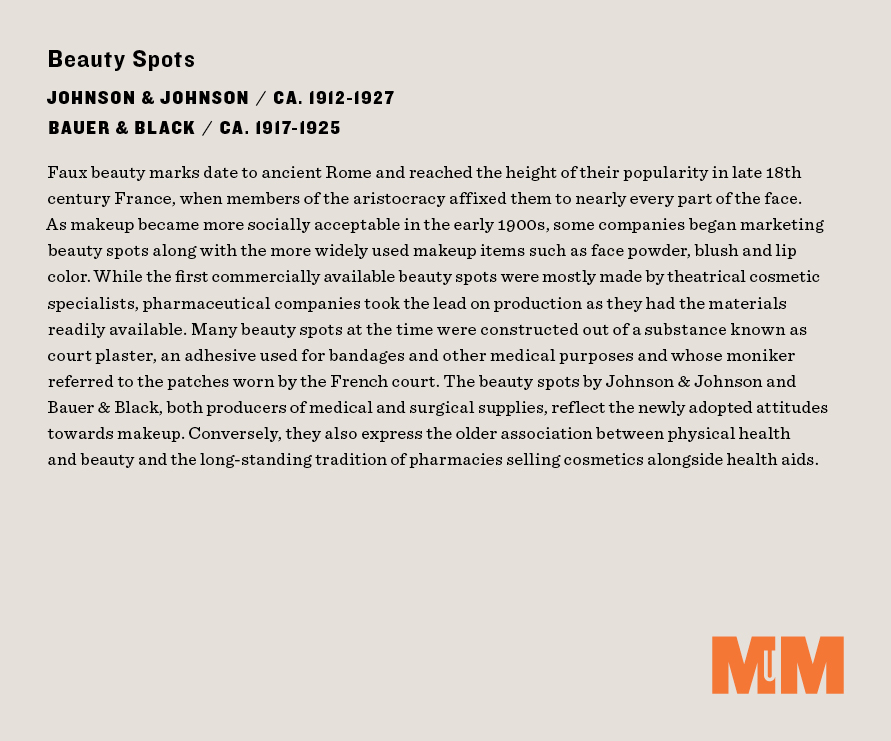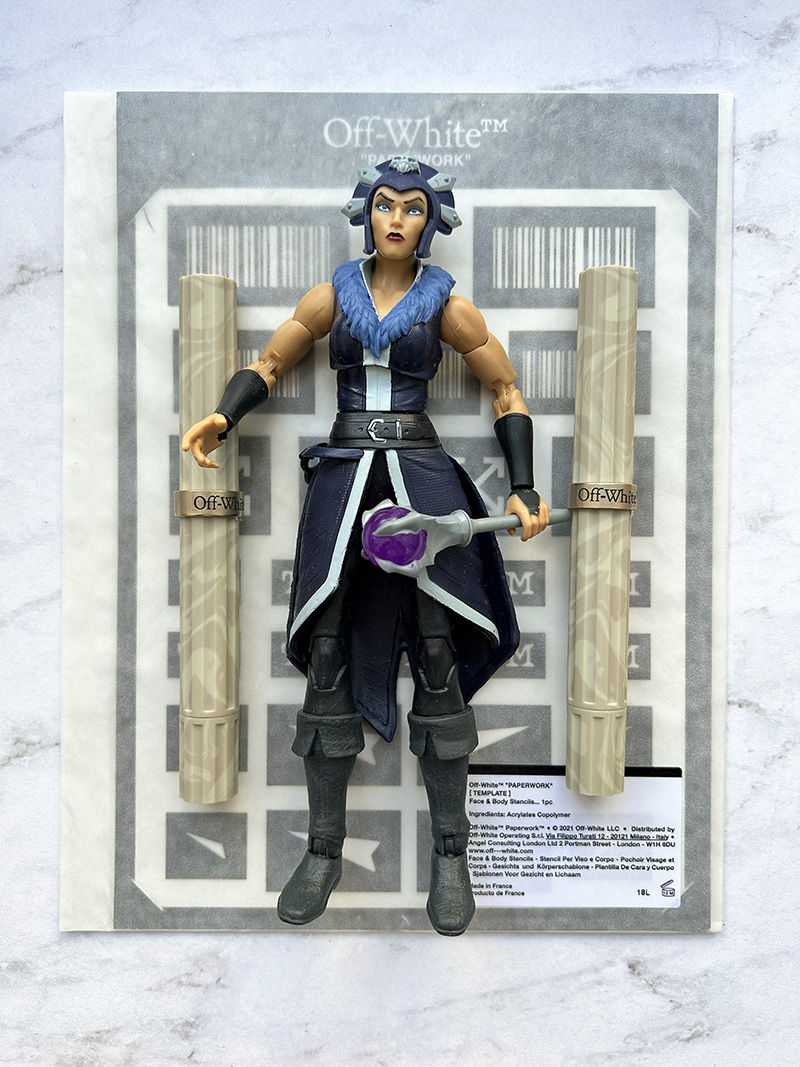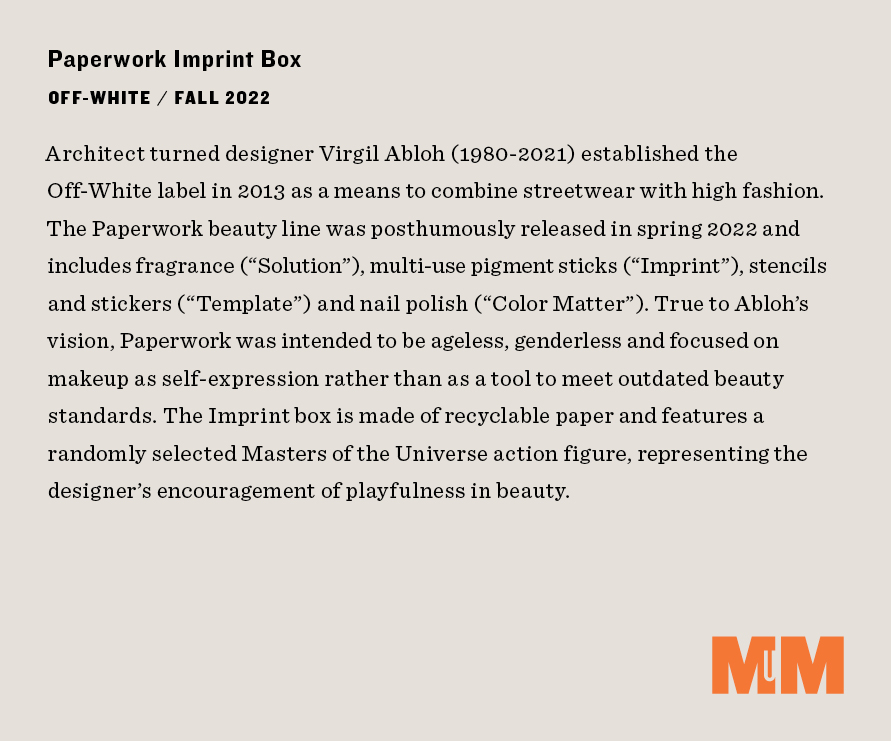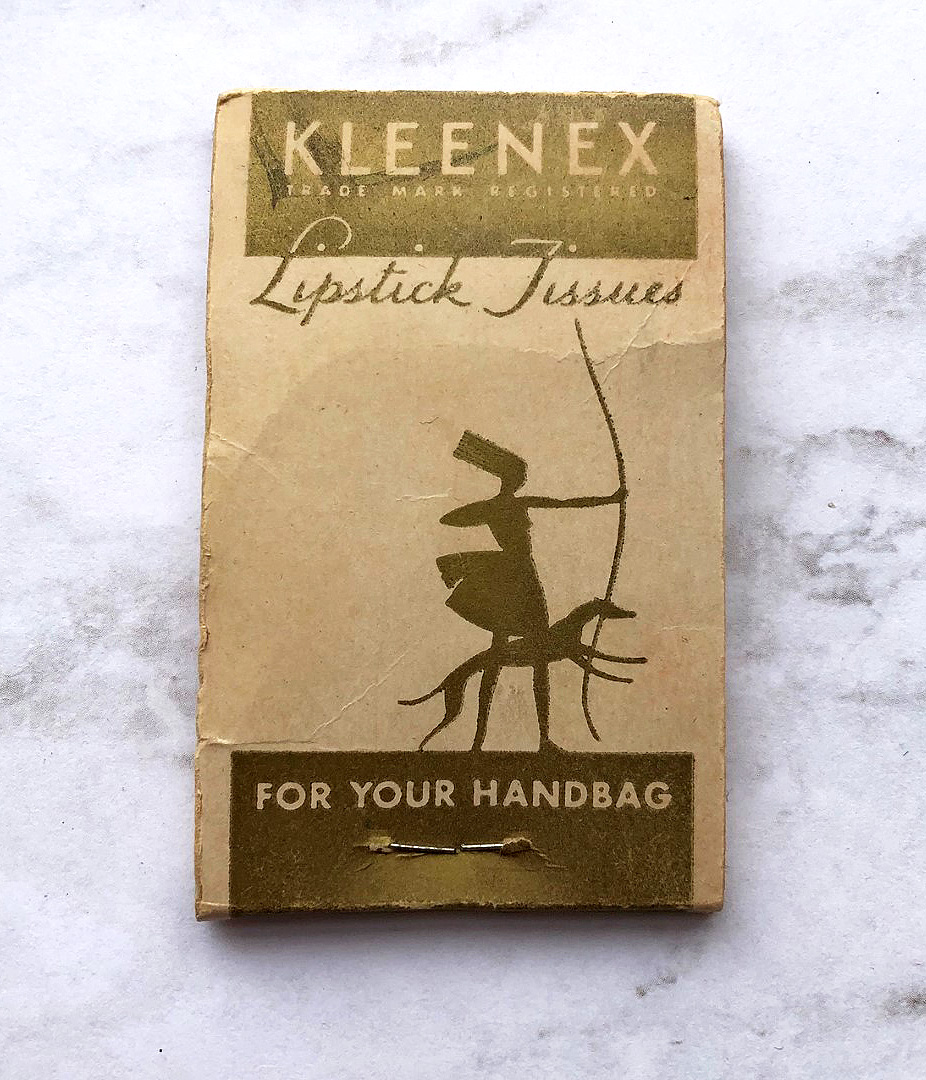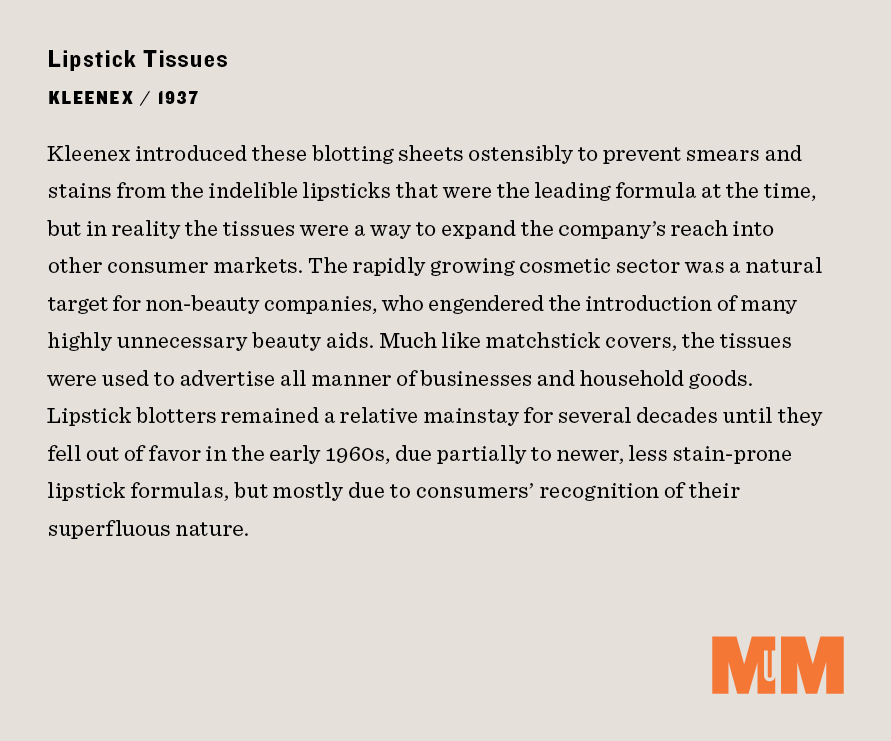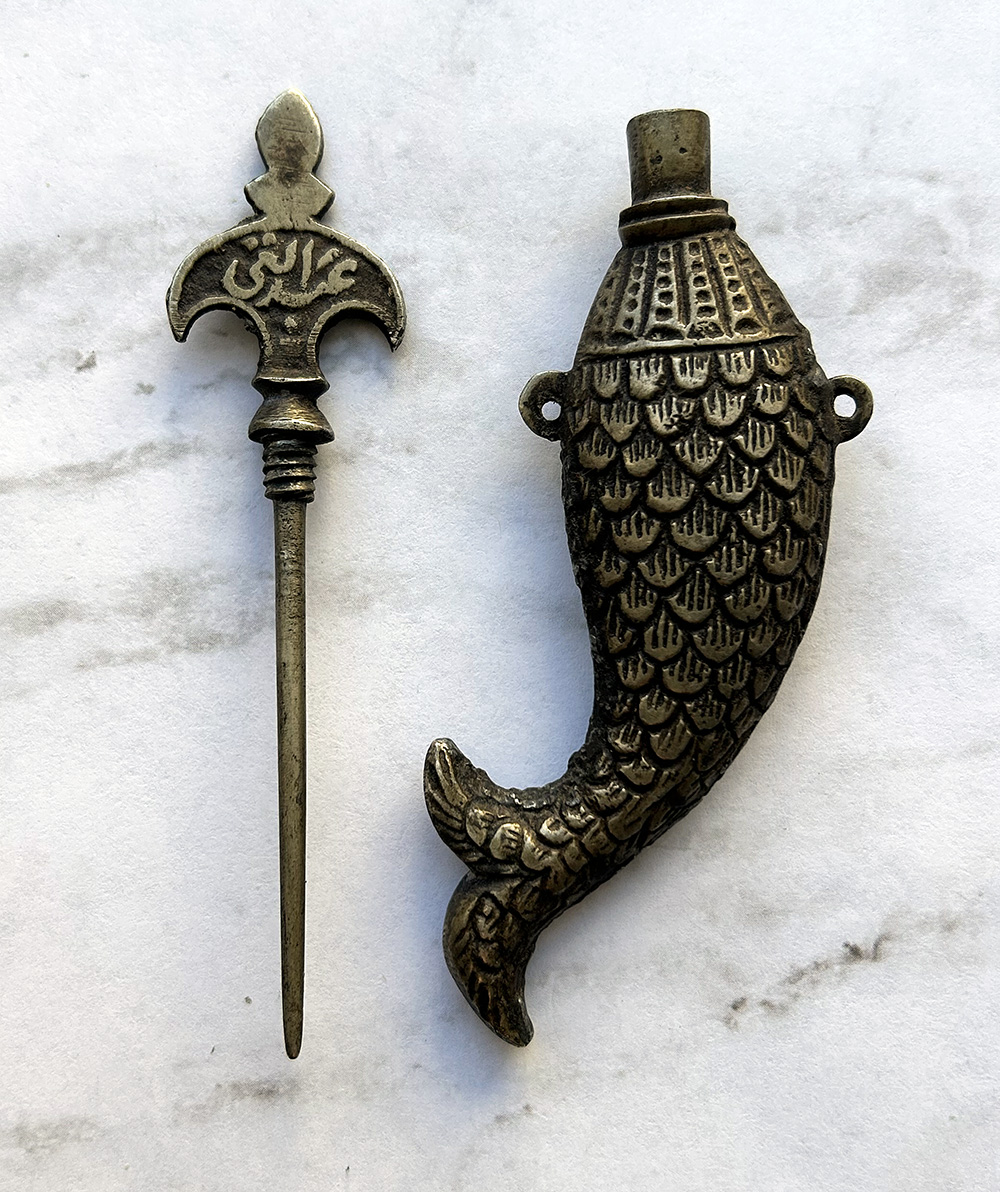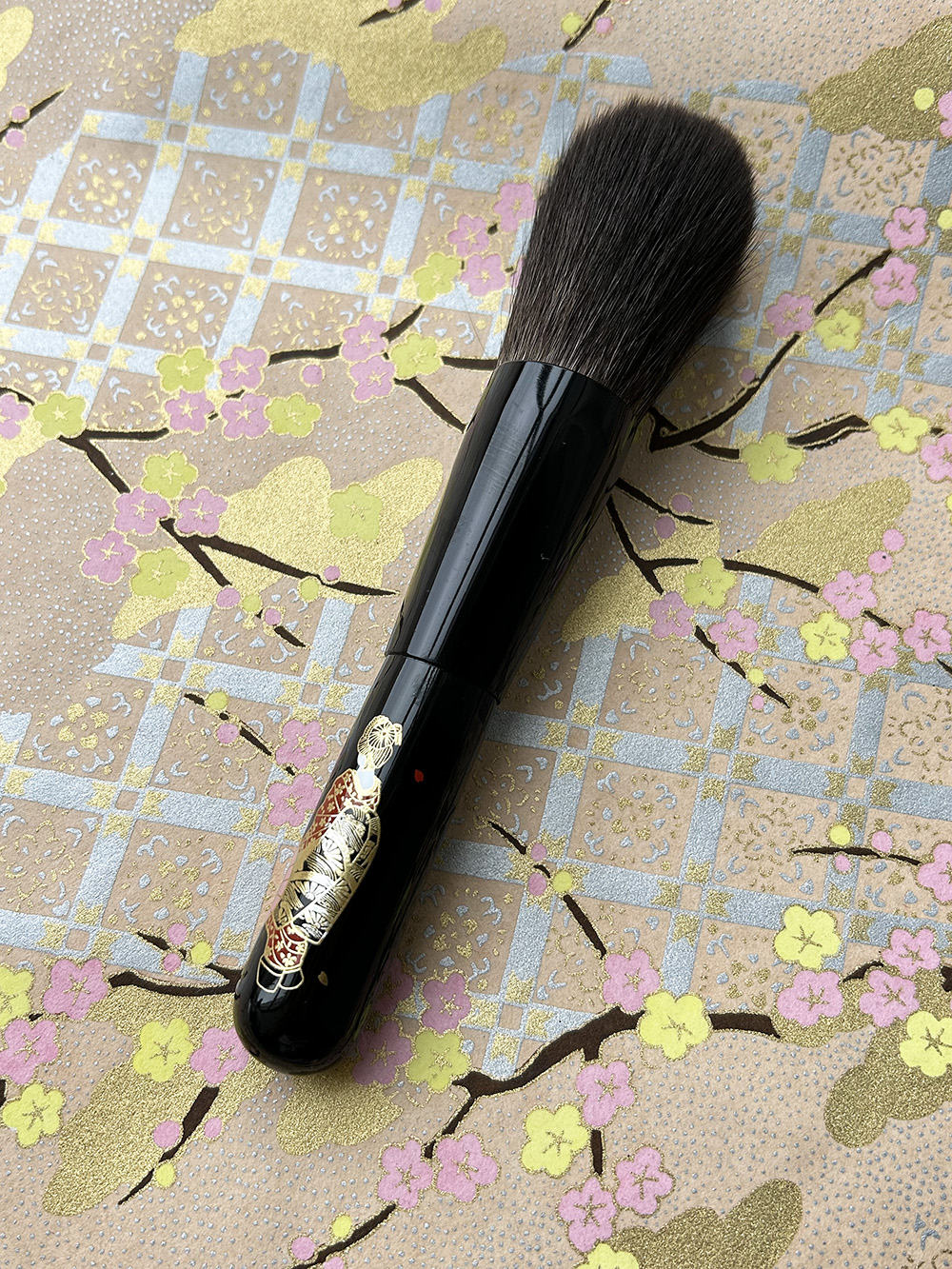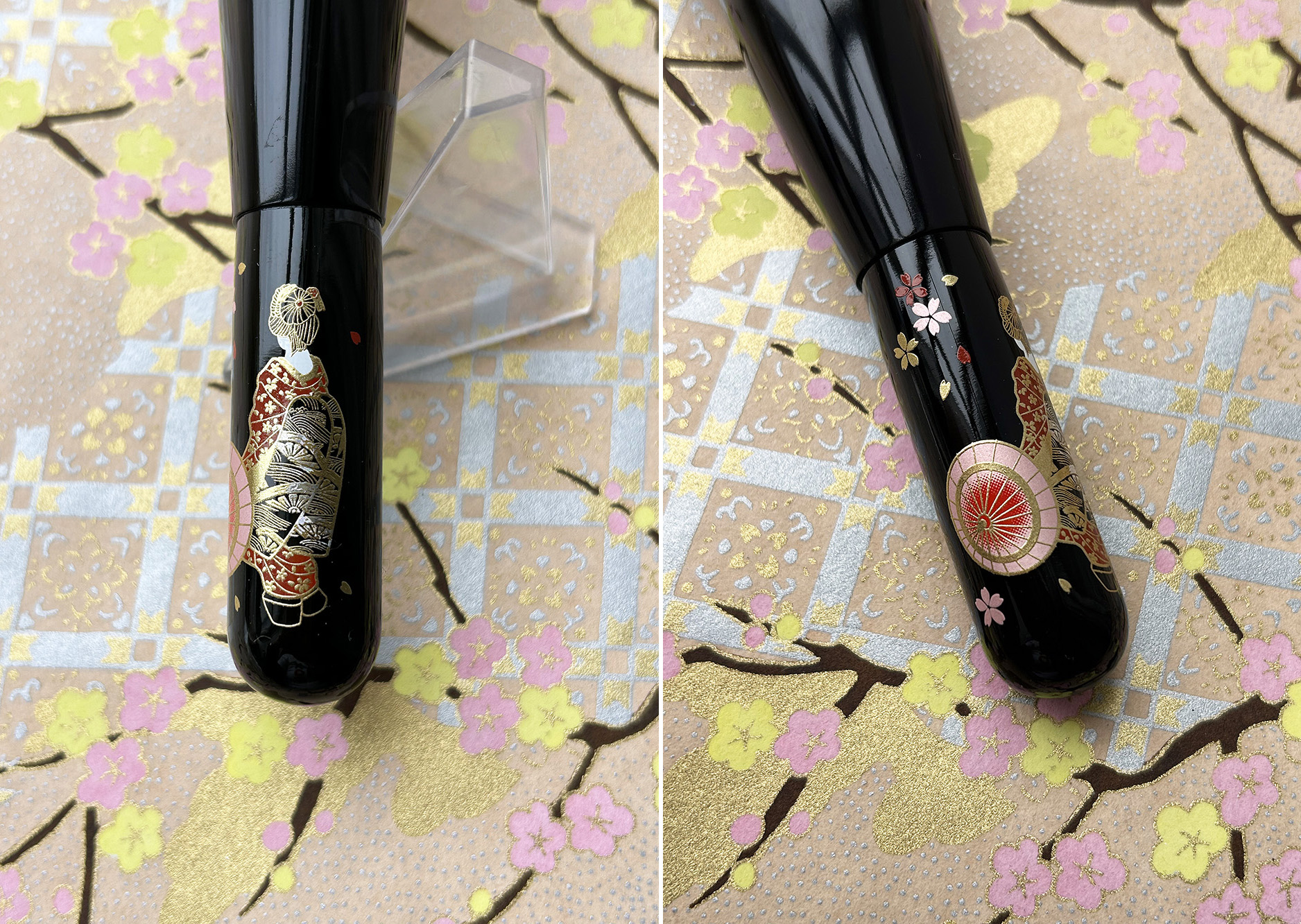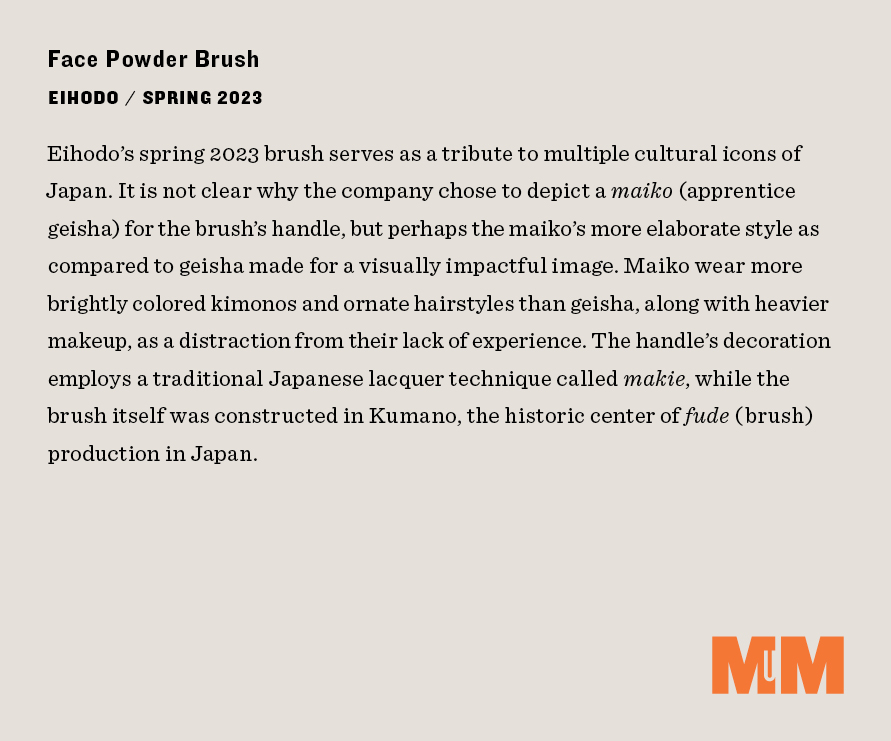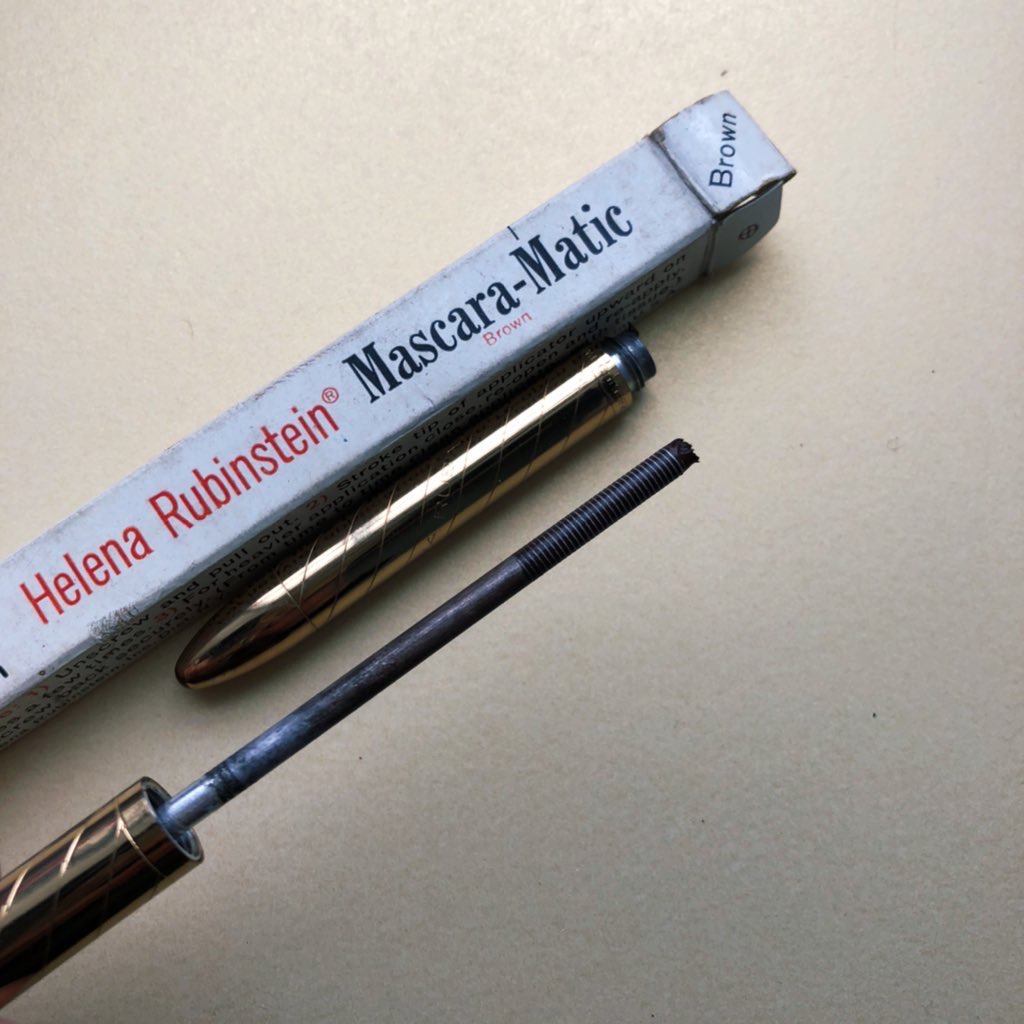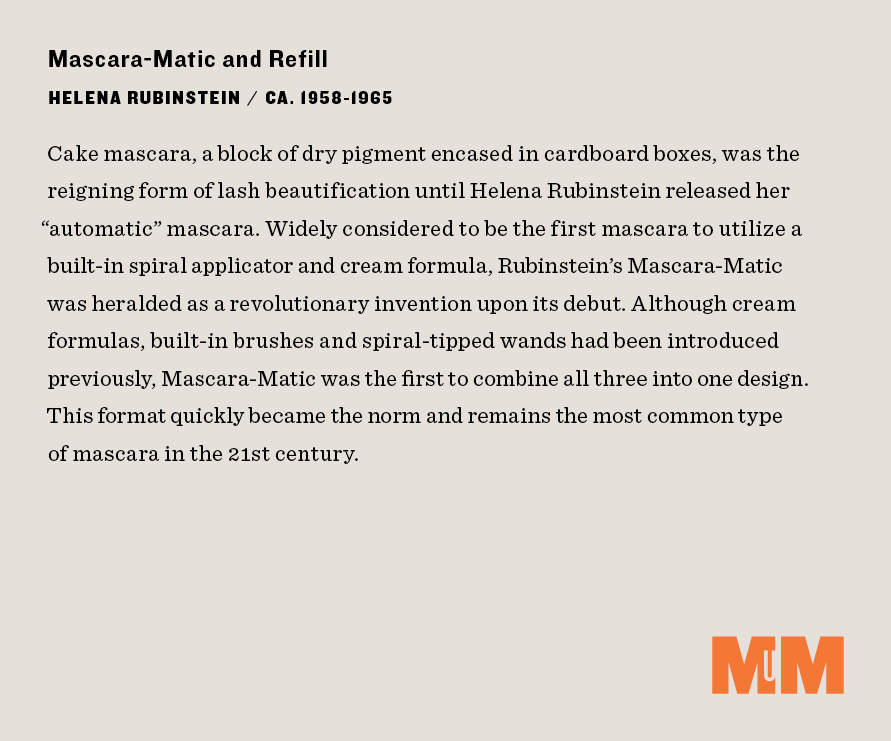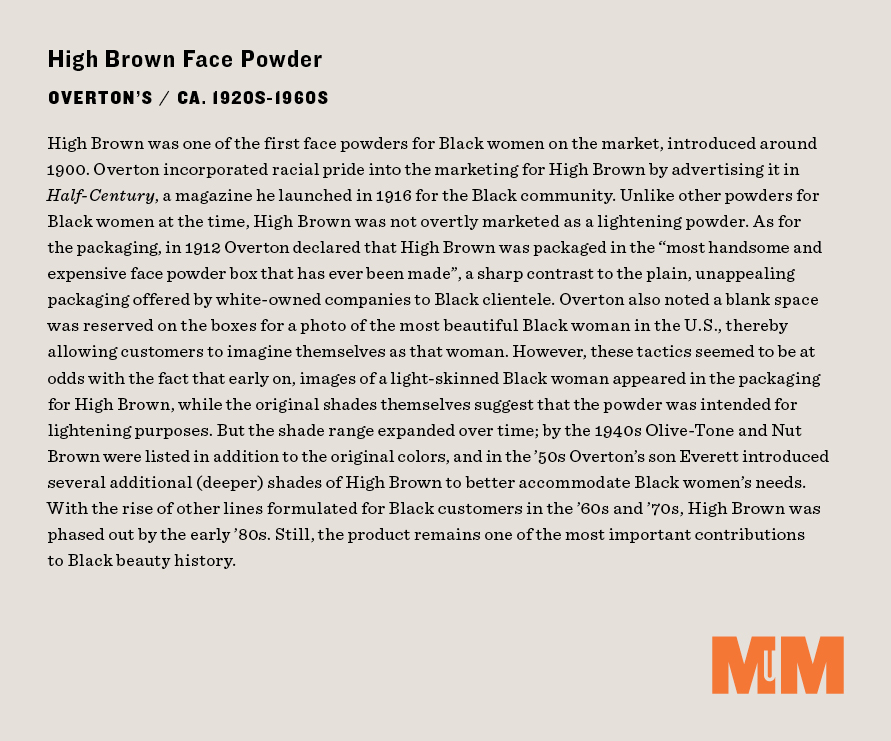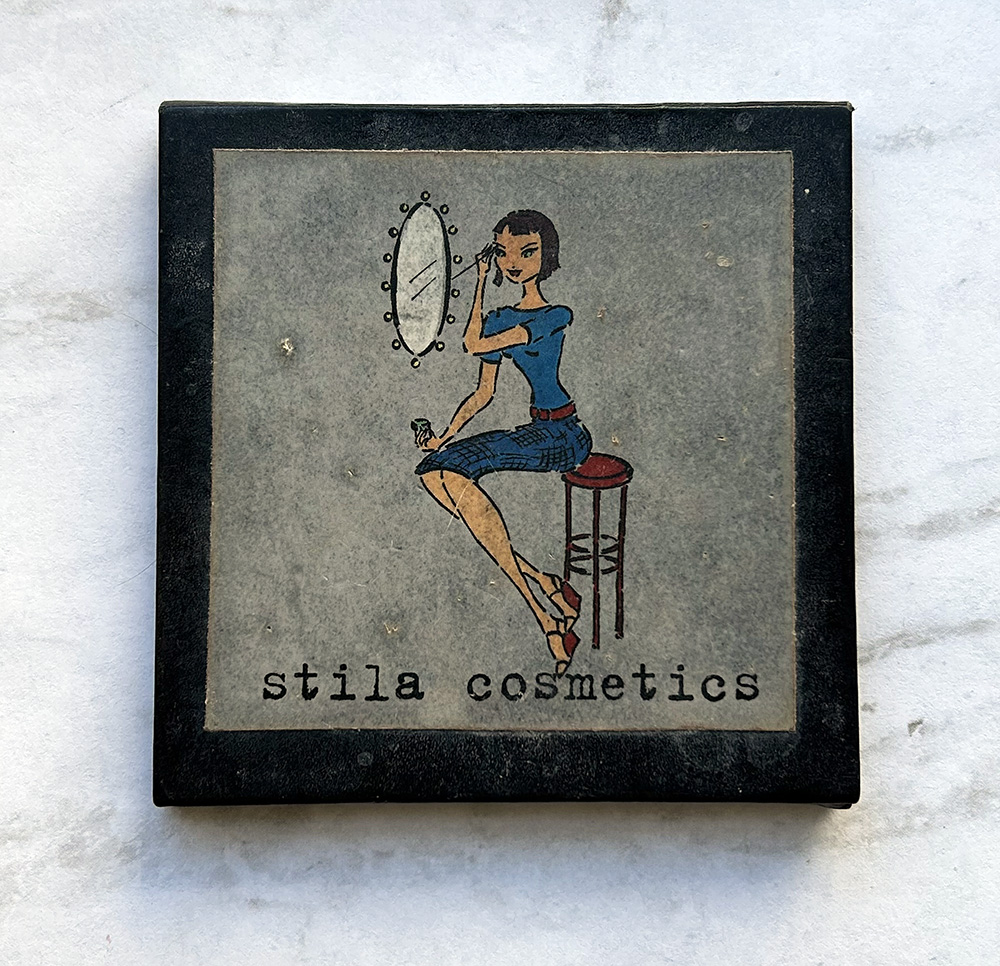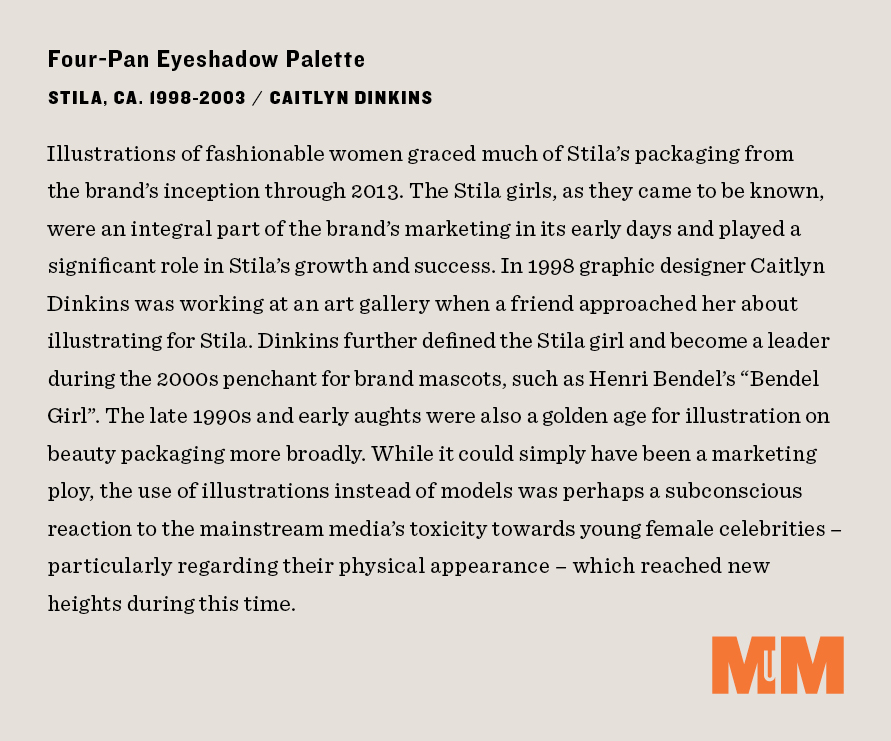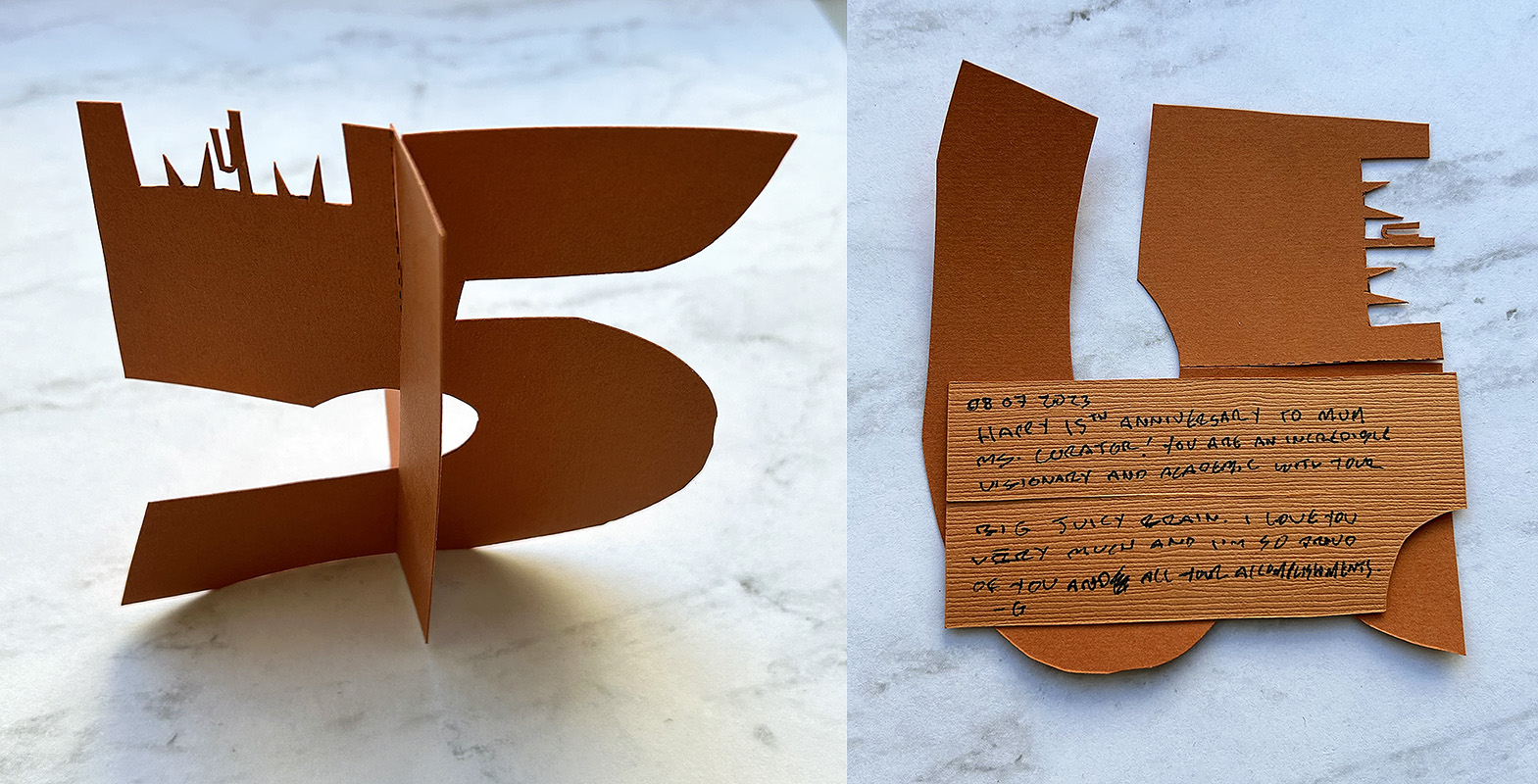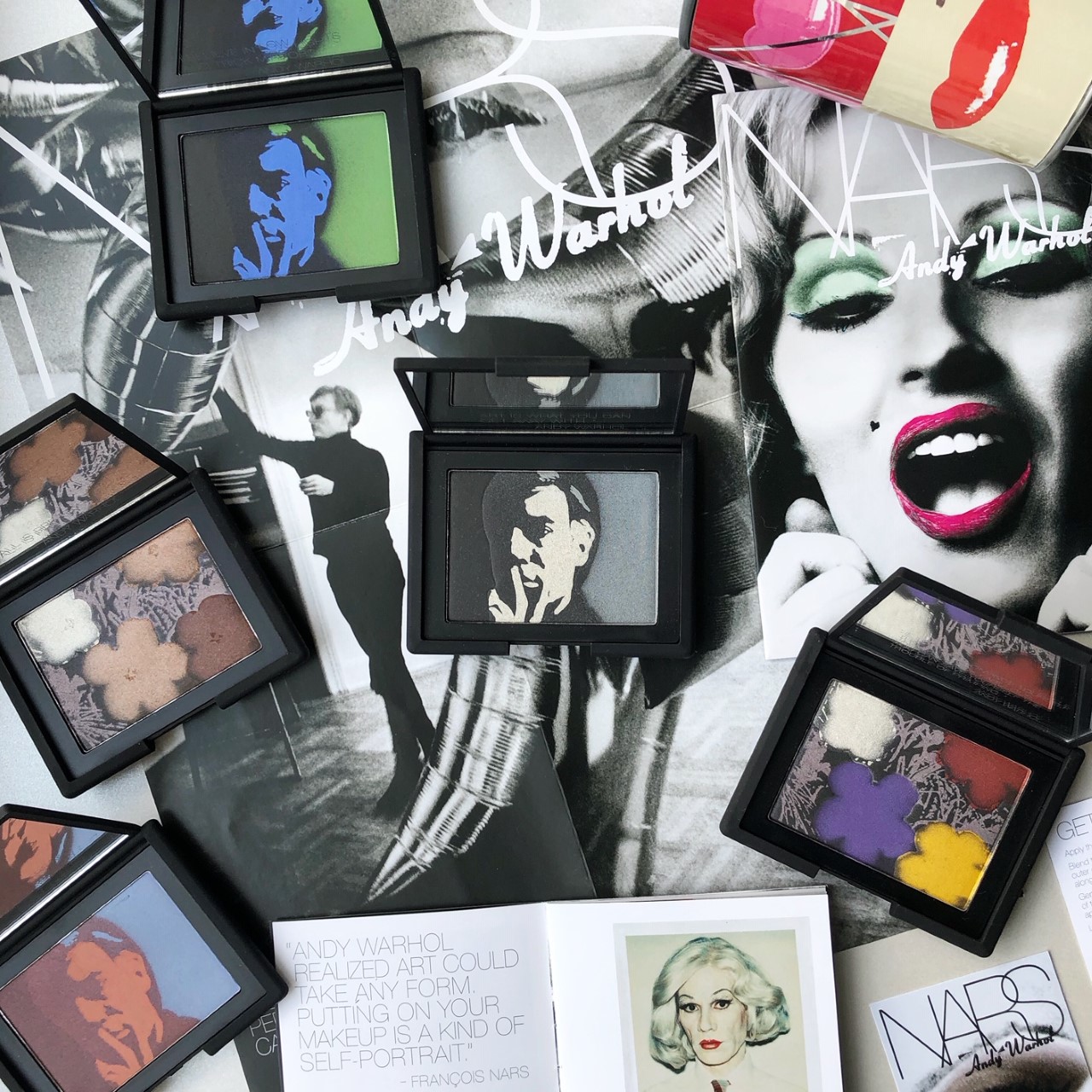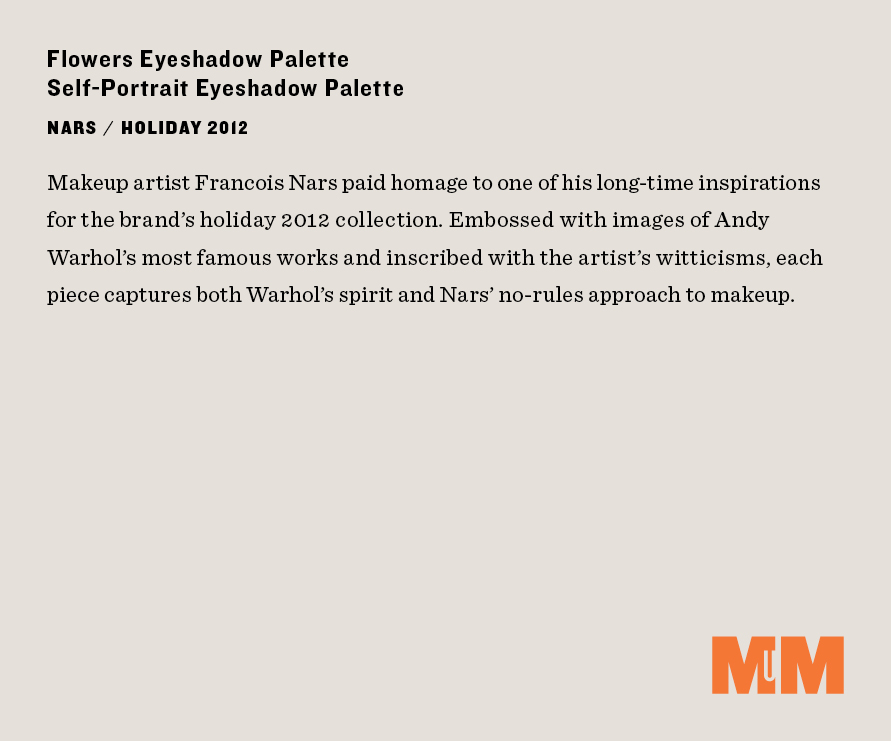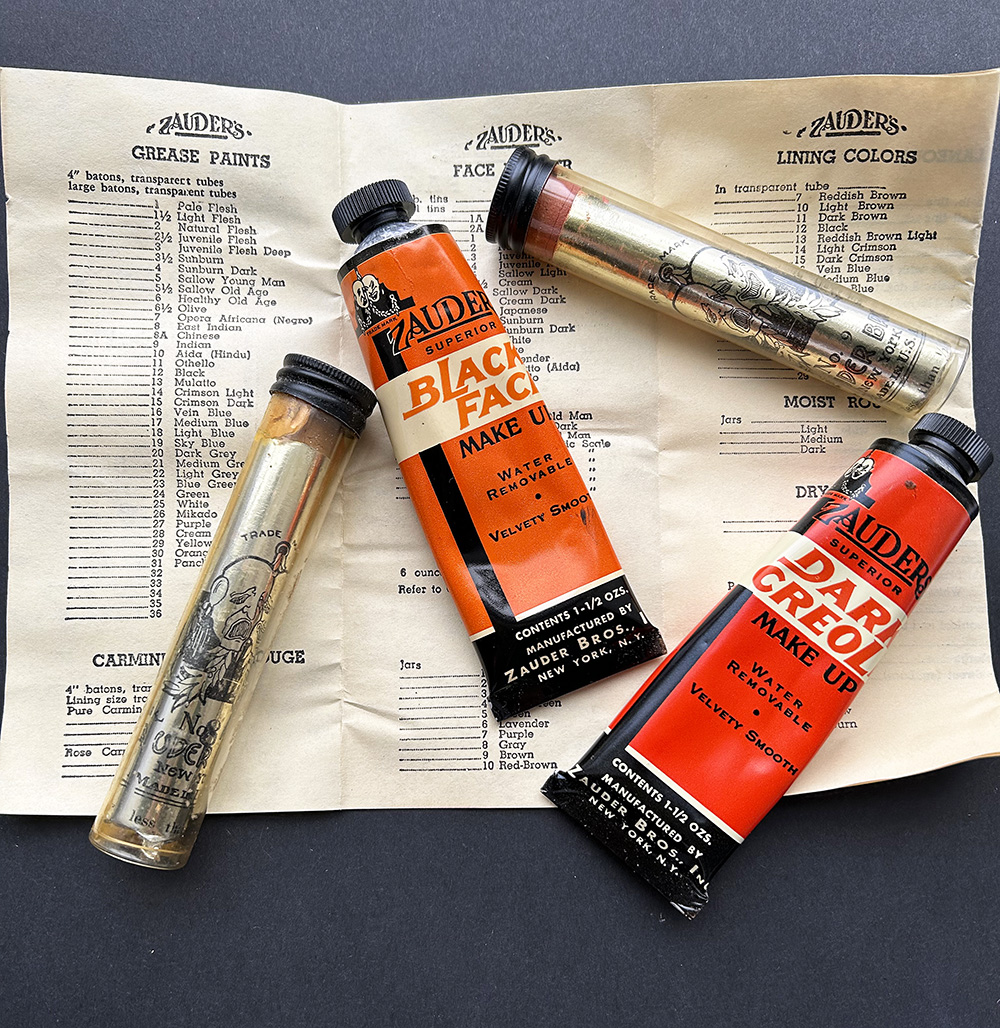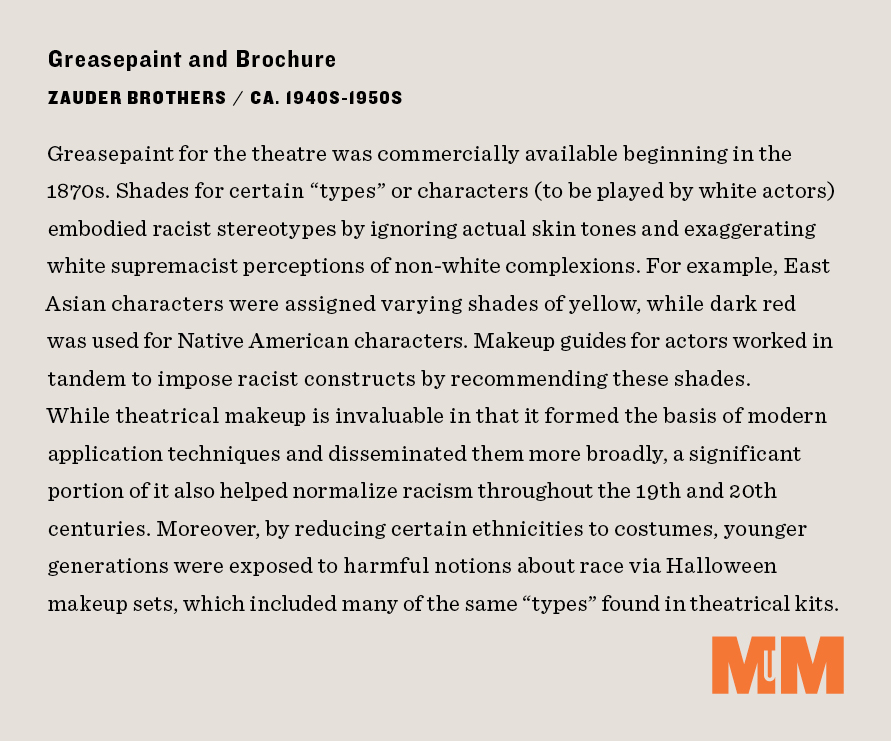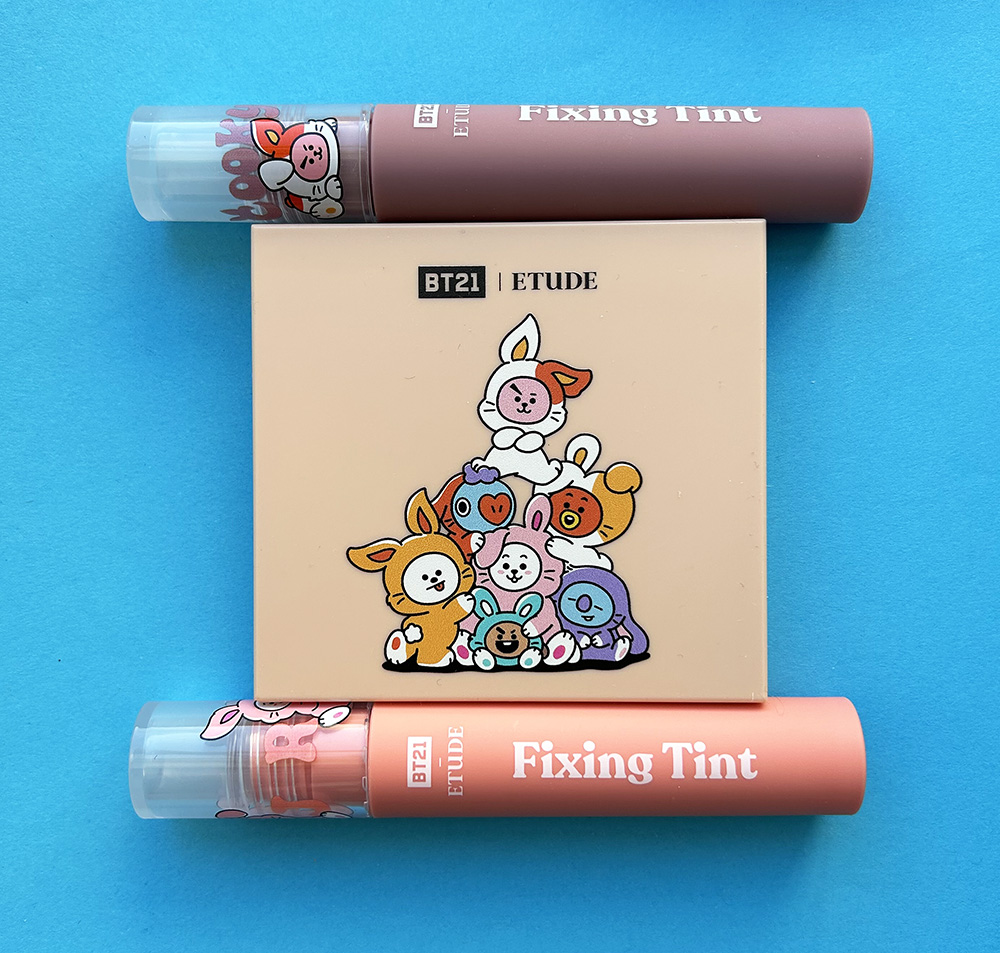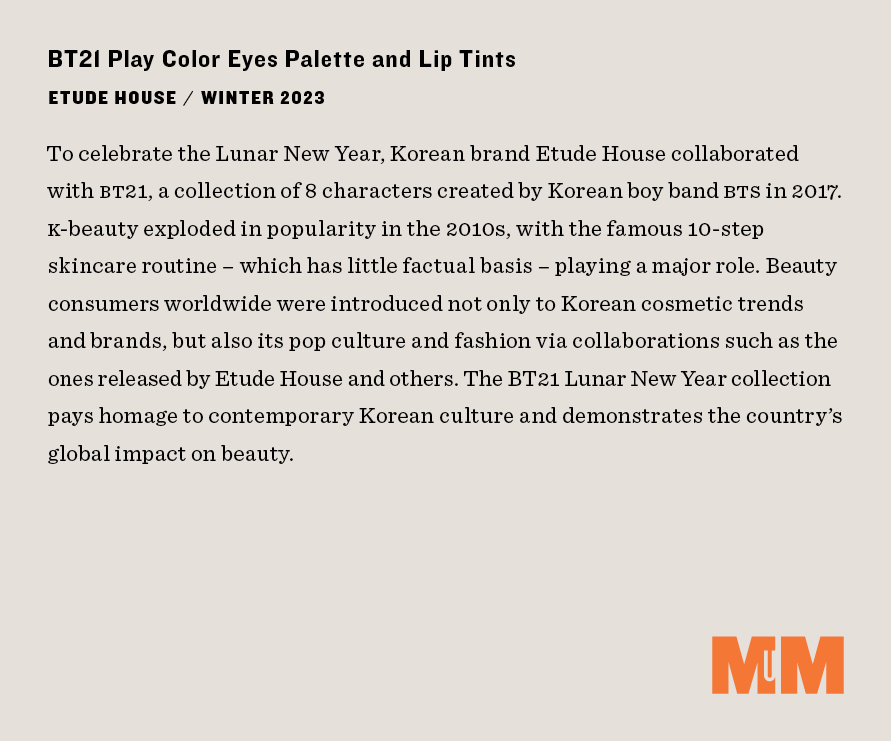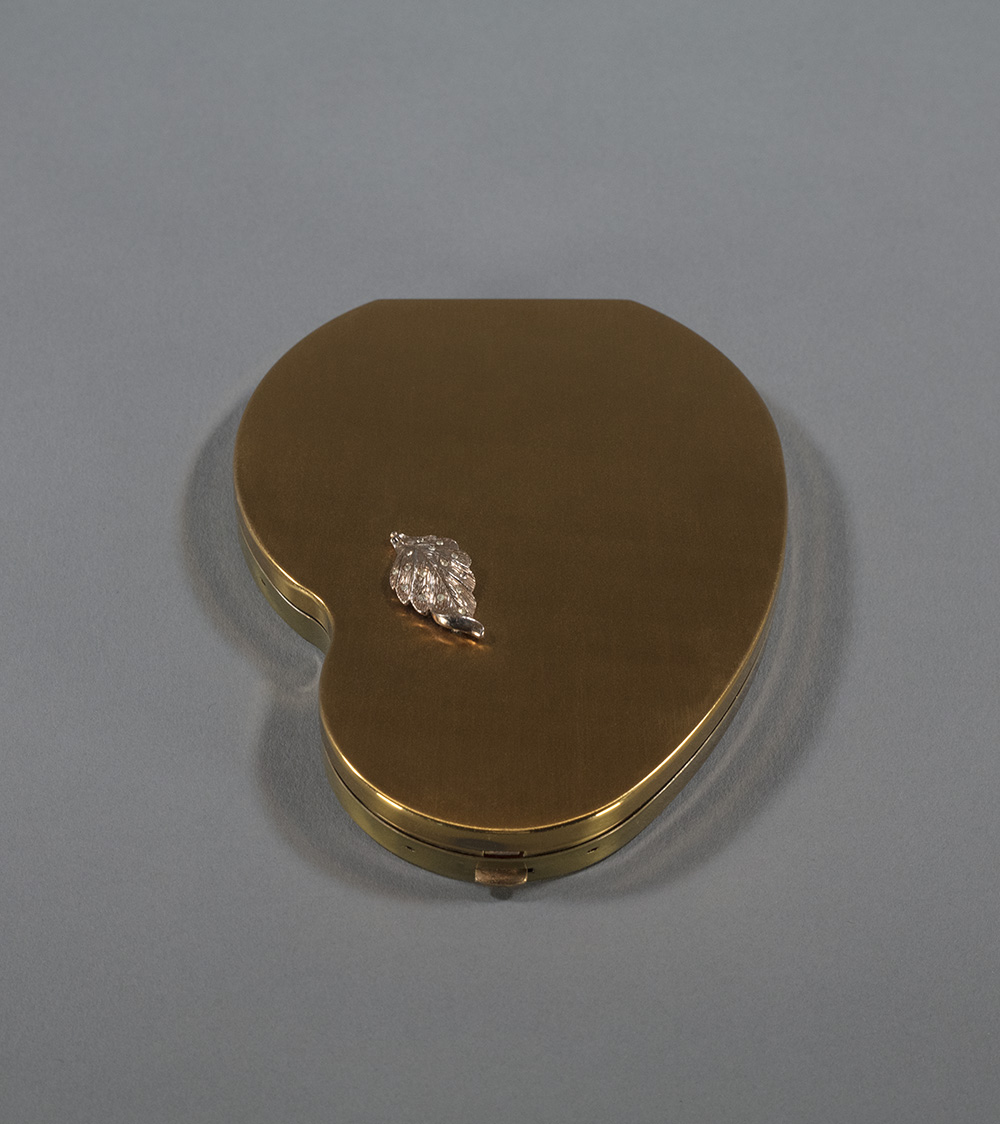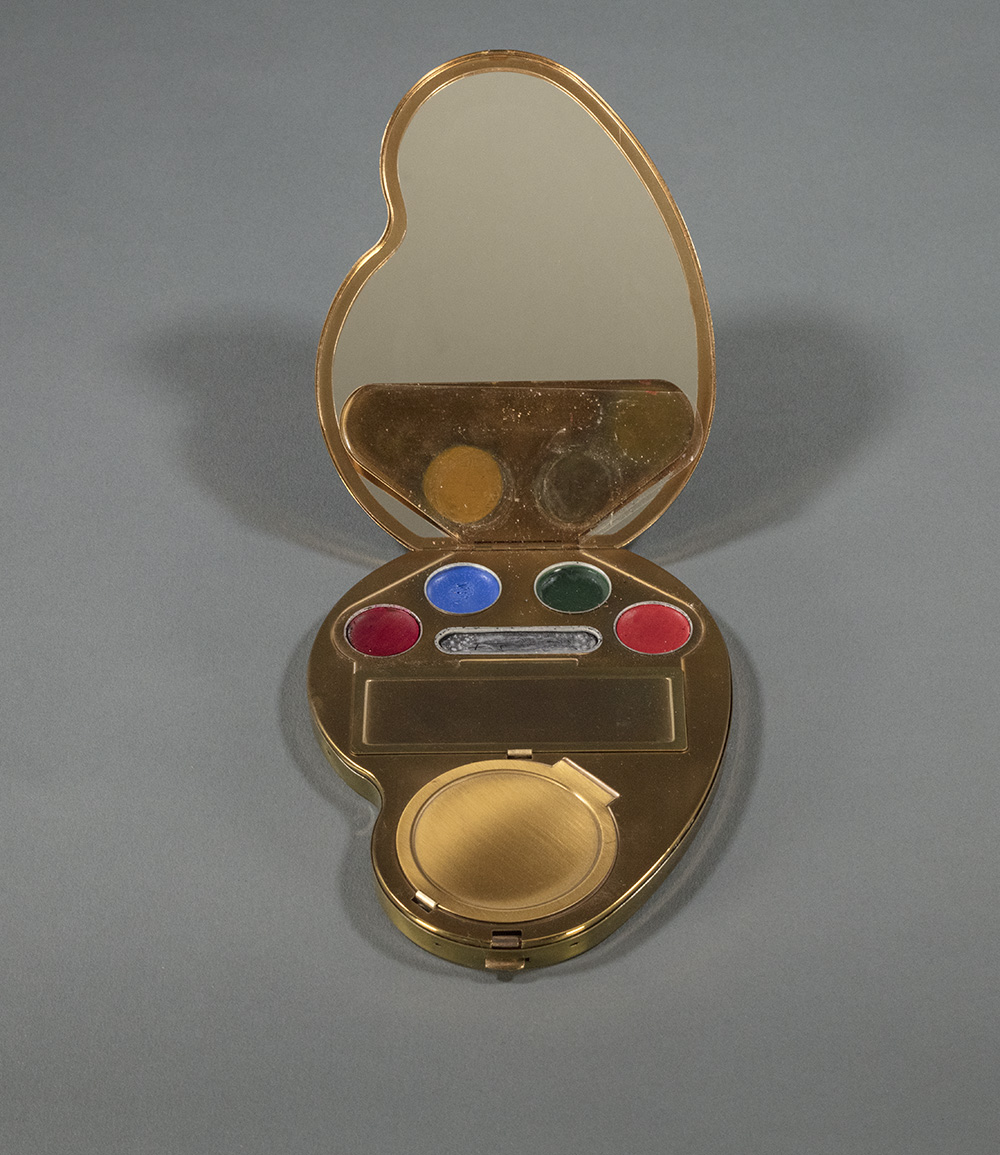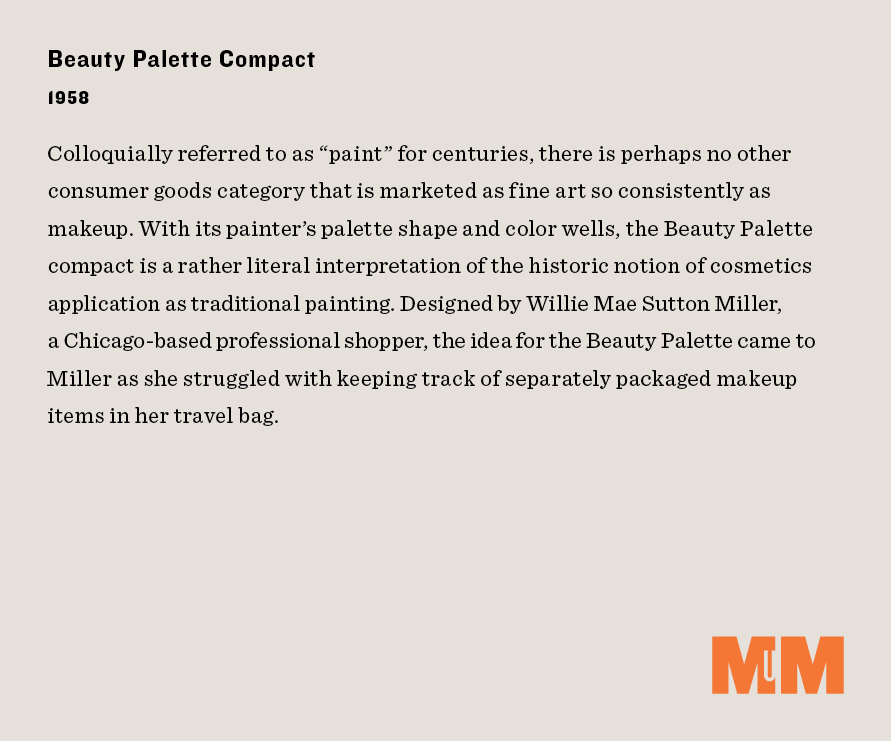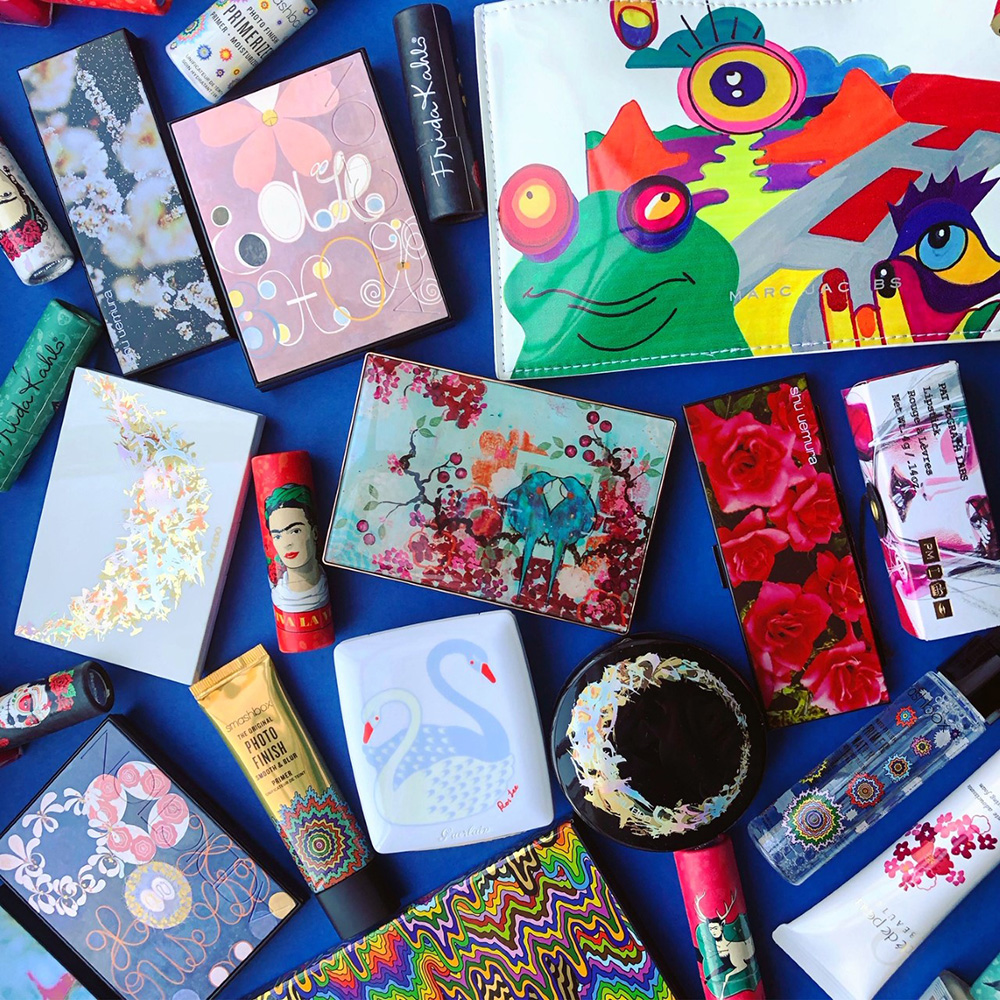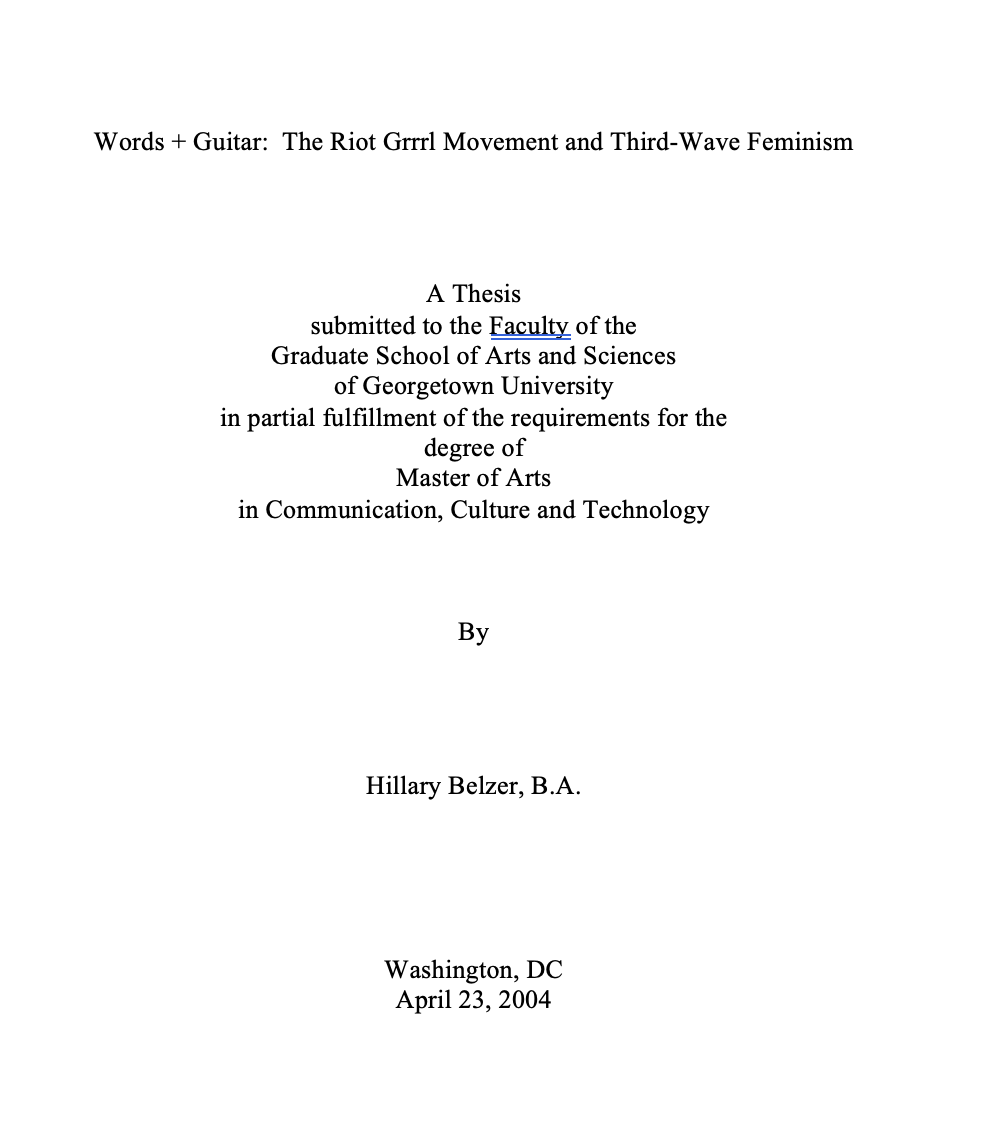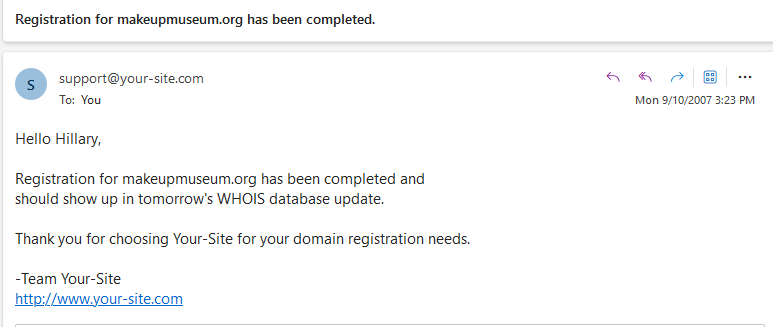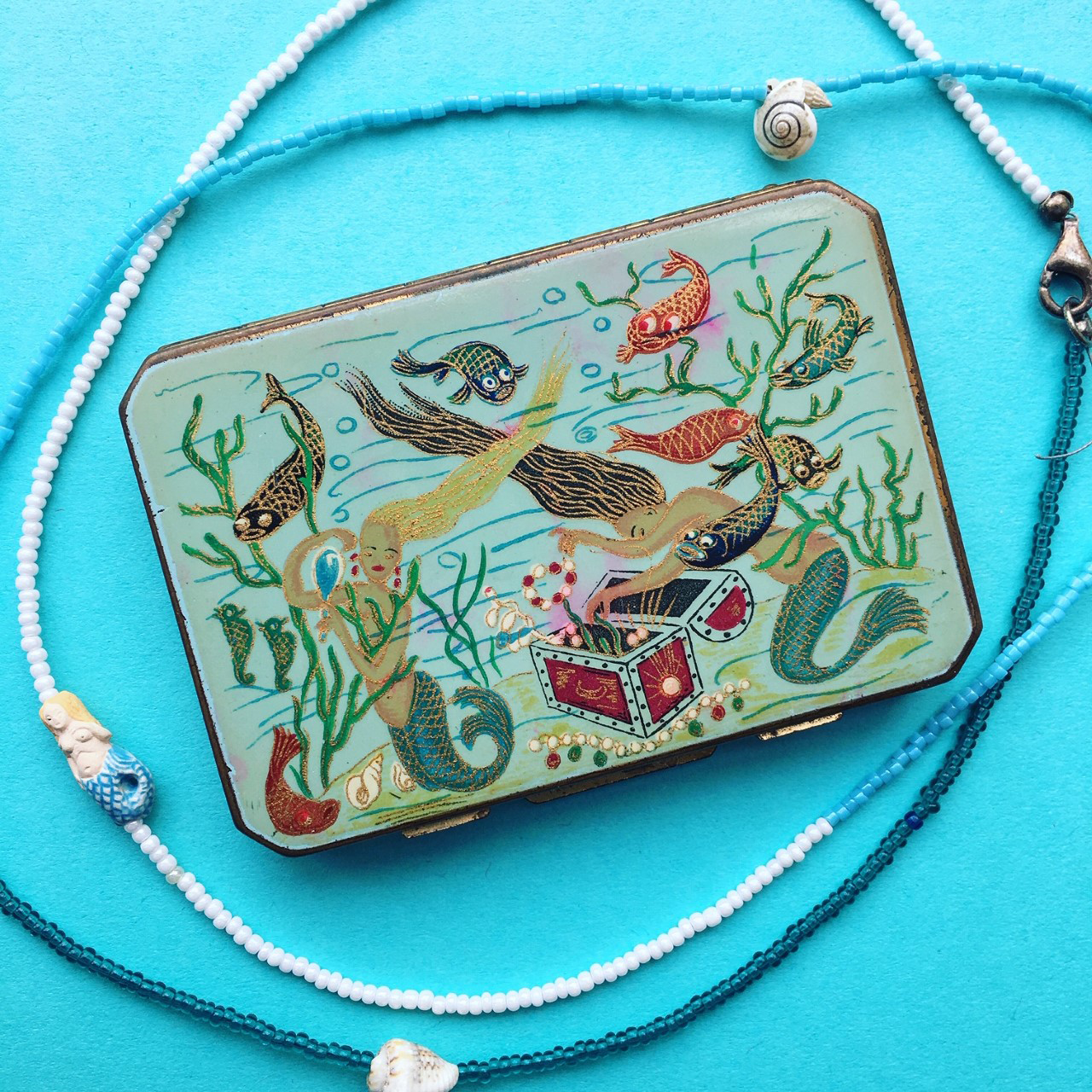It's roughly 6 months past the Makeup Museum's official anniversary back in August of 2023, but it's still technically the 15th year of the Museum's existence so I forged ahead with a small exhibition, the theme of which is the 15 most important objects in the current collection. I originally thought of doing my favorite objects, but let's face it, it would have just been all novelties, mermaids, artist collabs, and food-themed items. It was very hard to narrow down, as all the Museum's objects are important for one reason or another, but there is a good representation. All of them were chosen based on their historical, cultural or artistic significance. I was also sort of hoping it could serve as a prototype or precursor to a larger exhibition that would be expanded to include makeup styles and trends, along with other super important pieces that aren't yet in the Makeup Museum's collection – perhaps a global history of makeup in 100 objects? In any case, happy 15th to the little museum that could!
As with using electronic versions of the labels vs. taking photos of them attached to the shelves, I am puzzled as to why it took me 15 years to figure out it's much easier (and safer for the objects) to take photos when the pieces aren't on the shelves. I also figured I didn't need to re-take photos of objects that already have photos for blog posts or Instagram, so they all look a little different. Ah well. Here we go!
Top shelves, left to right.
Mother and Child painting by Gloria Garrett:
Urban Decay ad and eyeshadow:
LORAC Eye Candy set – you might remember this from the Museum's 2013 Sweet Tooth exhibition:
Revlon Futurama lipsticks:
Second row, left to right.
Beauty spots by Bauer & Black and Johnson & Johnson:
Off-White Paperwork Imprint Box…the box itself is absolutely ginormous so I just picked out a couple objects from it.
Kohl tube – this was a tricky one! I purchased it on eBay from a seller in India, but I suspect the lettering on the cap is Arabic, not Hindi, so I'm wondering if it really was made in India. I tried running it through Google Translate for images but the translation didn't make any sense. Update, 4/22/2024: Nadja, the brilliant genius behind the best art history podcast ever, kindly translated this! It is indeed Arabic and the word is simply "Arab". Also, there is an illustration of the exact same design on p. 144 of Jolanda Bos' Paint It Black: A Biography of Kohl Containers. That one is in the Musée du Quai Branly and has an accession date of 1982, so we know this design goes back at least to the early 1980s. The provenance for that one is listed as Jordan. All in all I'm guessing the fish-tail design is pretty common throughout the Middle East and India.
Third row, left to right:
Eihodo brush:
Helena Rubinstein Mascara-Matic:
Overton's face powders:
This was a bonus object – since there are 16 shelves I figured I'd throw it in. Behold, the palette that started it all, which also serves as a reminder to check out the Stila girls exhibition. 🙂
Plus, I had to show off the lovely card the husband made since it reflects all the support he's given me and the Museum since it started – he is a hugely important part of the Museum's history! It reads: "Happy 15th anniversary to MuM, Ms. Curator! You are an incredible visionary and academic with your big juicy brain. I love you very much and I'm so proud of you and all your accomplishments." Too sweet.
Bottom shelves, left to right.
NARS Andy Warhol collection:
I thought long and hard about including these very problematic objects. Ultimately they made it in, not despite their overt racism but because of it. The next installment of MM Musings is going to tackle how, or even if, the Makeup Museum should display these sorts of pieces.
Etude House x BT21 palette and lip tints:
Beauty Palette compact, one of my personal favorites. And I know I mentioned all the photos are different, but these are particularly special – as you might have noticed, they are done by a professional! The Beauty Palette was one of 10 objects selected for test shots with the photographer I've hired. Professional photos are a critical part of collection digitization, so consider this a little sneak peek of the process.
In addition to an exhibition, this post also includes an informal history of the Makeup Museum as told by me, the founder and curator. 🙂
Very infrequently I get asked about the impetus for starting the Makeup Museum, so I thought I'd expand a bit on how it began. As stated in the About section of the website, the Makeup Museum was first envisioned as a coffee table book in the early 2000s. It was to be devoted to pretty or uniquely designed contemporary makeup. But I originally became interested in makeup packaging a few years before, in October 1999, when I spotted a cute Stila girl palette at Nordstrom. From then on I began collecting as much as I could afford. Two other factors contributed to this interest in packaging: meeting my husband in 2000, a graphic designer who showed me that everyday objects could be works of art; and the rise of embossed powders and artist collaborations. Up until the early 2000s, embossing wasn't widely used, and if it was, it was fairly crude and not the elaborate designs that came to be. Blogs and forums like Makeupalley.com, whose users often commented that some piece of makeup or another was "too pretty to use", made me think that there should be someone preserving these objects as art, and I loved artist collabs – it's an affordable way of owning a piece of their work, or at least a reproduction. I thought pretty makeup would be a perfect idea for a coffee table book, but the idea of getting it published was overwhelming, and a friend of mine told me to start a blog instead as blogs were at their peak in 2005-2006. As I was mulling that idea over, another hit me like a bolt of lightning: why shouldn't makeup have its own museum? I wasn't even thinking about vastness and importance of makeup history, only the aesthetics of current makeup packaging, but I thought that alone was worthy enough of its own museum. Plus, there really wasn't any specialized museum just for cosmetics in the U.S. Sure, fashion and design museums had a few vintage pieces and there were perfume museums, but nothing only for makeup. I wanted people to look at makeup differently, to see it in a way they hadn't before – not as a mere commodity but mini works of wearable art. I also was dismayed (as I still am now) that the vast majority of folks didn't see makeup as being worthy of a museum. I made it my mission to change their minds.
There was also a personal angle. At the time, I was heartbroken over not getting into doctoral programs and feeling quite lost professionally. I'll spare the sad details, but for a lot of reasons I was not able to carry out the career plan I had in college, which was to be an art history professor or museum curator. My thinking was that if academia and museums didn't want me, I'd start my own thing and have some kind of outlet that wasn't the mind-numbing tedium of administrative work, a.k.a. my day job. Like running a marathon, the Makeup Museum was admittedly set up mostly out of spite, a big ole middle finger to all the rejection I had endured. And it would be a place to both feed my brain and promote the idea of a museum as something other than walls and a static bunch of objects behind glass. Perhaps it was the topic of my Master's thesis that subconsciously inspired me too. Starting a museum with no real experience or resources was very much in the rebellious, DIY punk spirit of Riot Grrrl.
In September 2007 I registered the domain for the Museum – only for the dot org, since at the time, it was basically unheard of to register multiple domains for the same company or organization. I wanted it to be very clear the Museum was intended as a nonprofit, not a business or any other sort of entity, so the dot com, dot net, etc. were not registered (a decision that would prove absolutely disastrous over 10 years later.) I then spent nearly a year teaching myself HTML in an attempt to create an online museum, only to surrender in the summer of 2008 and implement the earlier idea of a blog. The three main blogging platforms were WordPress, Typepad and Google Blogger. I made what is in hindsight another unfortunate decision to go with Typepad. While it has served decently over the years, it would have saved so much time and money if the blog had been hosted at WordPress!
Over time, I started understanding the importance of vintage pieces and makeup history more generally. While I enjoyed pulling together seasonal exhibitions featuring newer items, they were lacking in a lot of respects: they weren't very complex and left out quite a bit of important history. The Museum was receiving inquiries on vintage objects and I felt as though an organization focused on makeup had a responsibility to include these in its collection. Social media was eye-opening as well in that the Instagram photos with the most likes were of vintage objects. In terms of research, I noticed so many disciplines (especially art history, my first love – I still try to keep up with the developments within the field) were getting "de-colonized" or going "beyond the canon", and I thought, wouldn't it be great if the Museum could do the same for makeup? While fantastic resources on basic makeup history exist, there is a significant lack of material on lesser known topics, and it seems much of makeup's history hasn't been written yet. I wanted to fill in the gaps, to tell stories about makeup that haven't been told before. This feeling definitely aligned with the Museum's original mission, which was to encourage people think about makeup differently. From about 2012 through 2018 the Makeup Museum experienced a slow evolution from a hobby dedicated to showcasing the newest and prettiest makeup to a more serious endeavor, one that shares an alternative account of makeup history and tackles current topics not covered in-depth elsewhere – but without losing sight of makeup's playful side. During this time I moved the materials for another hobby, making beaded jewelry, from the living room to offsite storage to make room for the Museum's ever-growing collection. While I don't remember the year, I do recall thinking that it was somehow symbolic: the Makeup Museum was no longer another past-time like beading, but a much bigger goal to which I would need to devote literally all of my time outside of work. To execute the vision I had in my head, I needed to give up some other things in my life and make it the highest priority. I have no regrets or resentment; I made that decision willingly. But it was going to be a lot tougher than I anticipated.
A major turning point came during a life-changing 36 hours in March of 2019. Between approximately 11am on March 17 and 8:30pm March 18, my world basically imploded. Once again I will spare the details, but the rest of 2019 was easily the worst time of my life to date. I was at a crossroads: should I keep going with the Museum or do I throw in the towel? It was the first time I seriously considered packing up the Museum for good. But for reasons I still can't totally explain (outside of my own stubbornness and again, rage/spite) I decided to stay with it. And not only keep going, but make the Museum the best it can be despite all the obstacles and lack of resources.
Around 15 months after those fateful March days in 2019, the U.S. experienced a major racial reckoning. I realized the total lack of diversity and inclusiveness was not at all what I had envisioned for the Makeup Museum, and with that, I began researching ways to alleviate this massive blind spot as much as I could. I also began paying more attention to the other negative aspects of makeup and its history. I don't think I ever shied away from it, but I felt taking a deeper dive into the problematic side of both makeup and museums was critical to the Museum's mission of education and its new focus on helping to effect social change.
In the past 5 years the Makeup Museum became an official nonprofit organization, was awarded a grant, and registered its name as a trademark. And soon there will be a brand new website complete with a digitized collection. I also co-founded an international network for academics and researchers whose work centers on cosmetics. I like to think these achievements help prove the Museum's legitimacy to the naysayers and firmly establish makeup's place as a field of study. For the Makeup Museum specifically, they demonstrate the ability to go from an escapist fantasy and repository for pretty things to a hybrid organization that combines education and exhibitions with activism. My biggest hopes are for the Makeup Museum to re-conceptualize the traditional museum model and lead the way in new academic areas for cosmetics. Ultimately, I would love for the Museum to be a showcase for exhibitions and a soundly researched and comprehensive permanent collection, but also a gallery where makeup artists and other visual creatives can display their work, a research institute, a community center where people can engage in workshops and discussions about makeup, and a space for activism. I also dream of a "beauty pantry" of sorts, where people in need can come and take whatever they want. This post is long enough so I'll expand on these ideas later. 😉
If you're still reading, thank you for joining me on this journey through the Makeup Museum's evolution and I hope you enjoyed the 15th anniversary exhibition!


